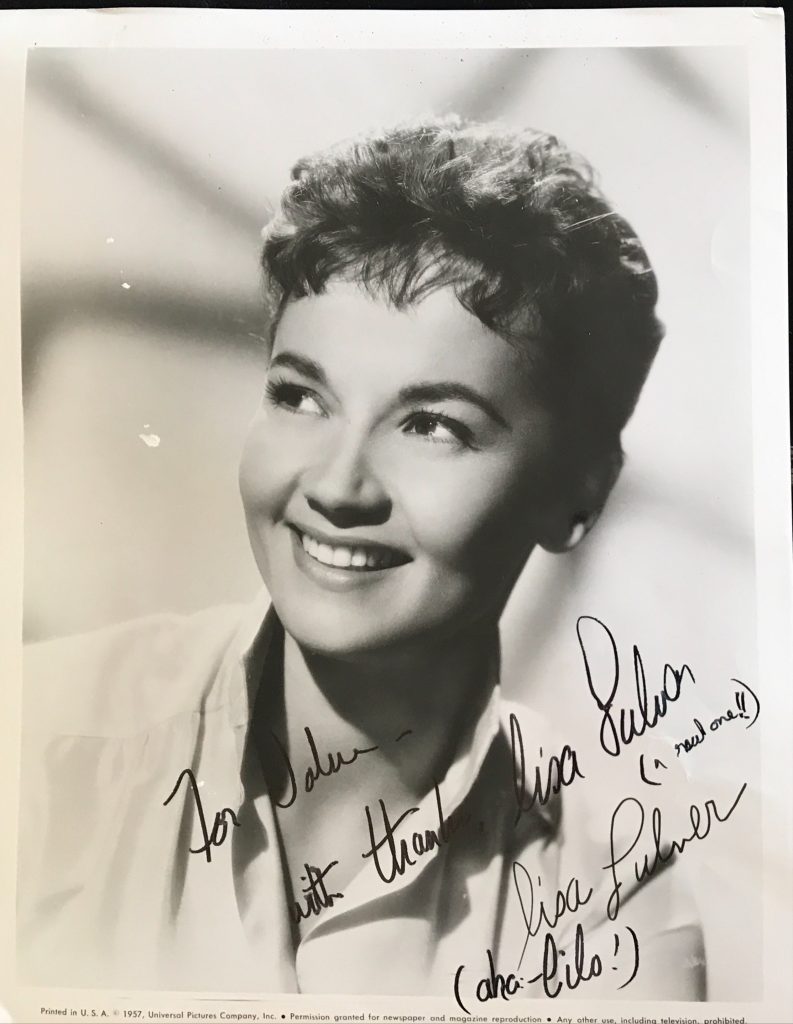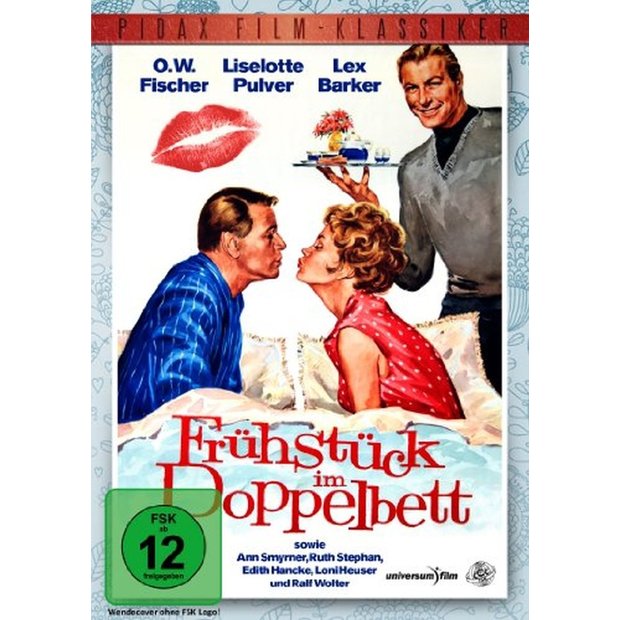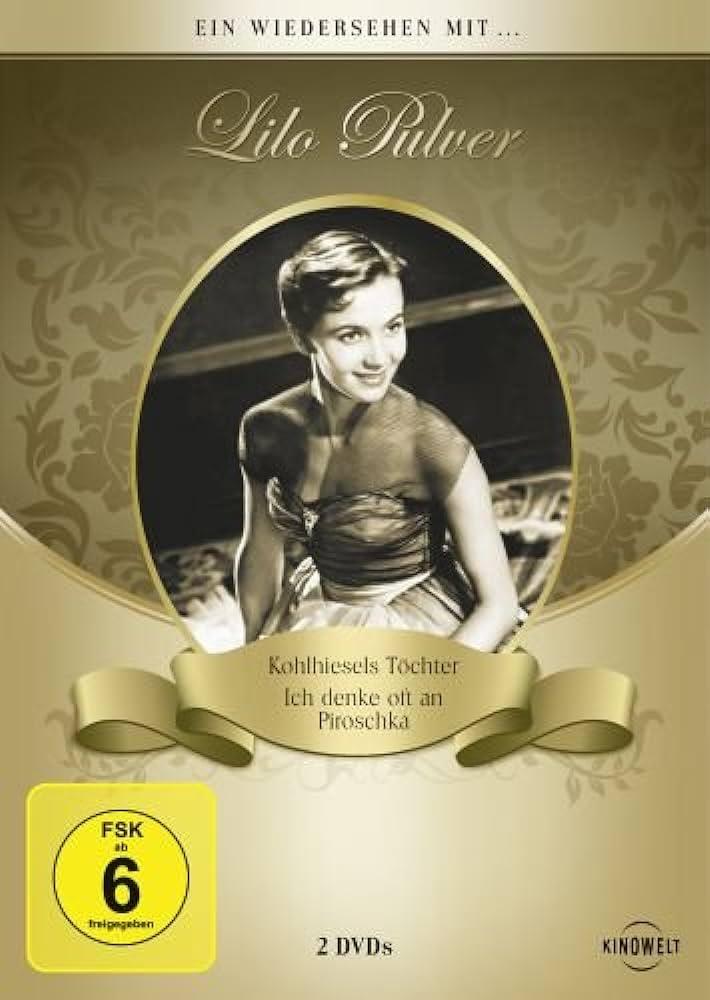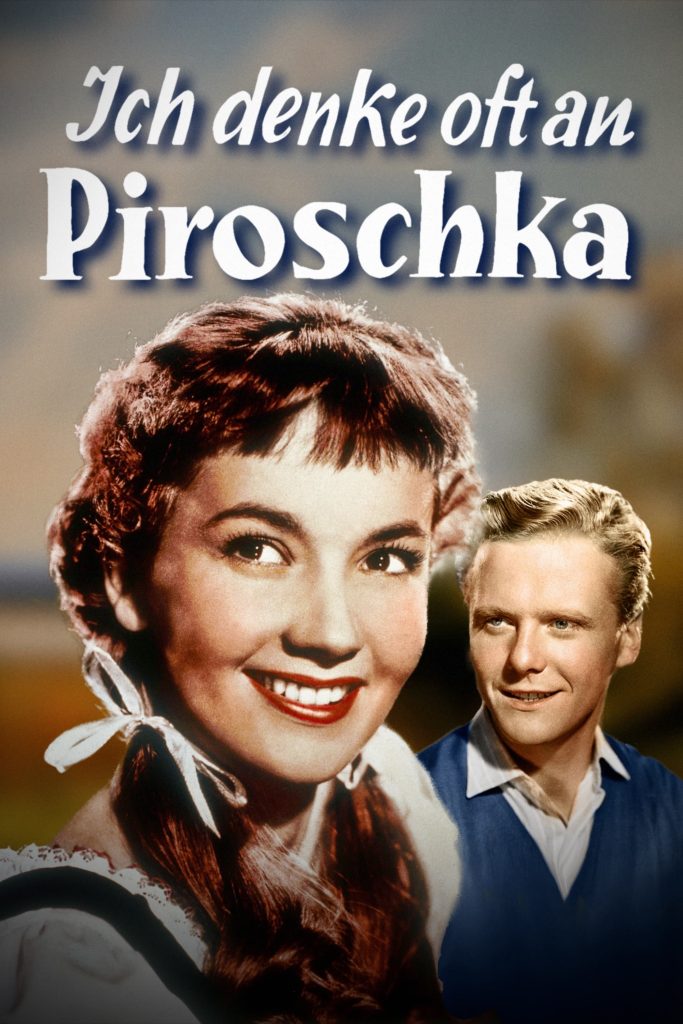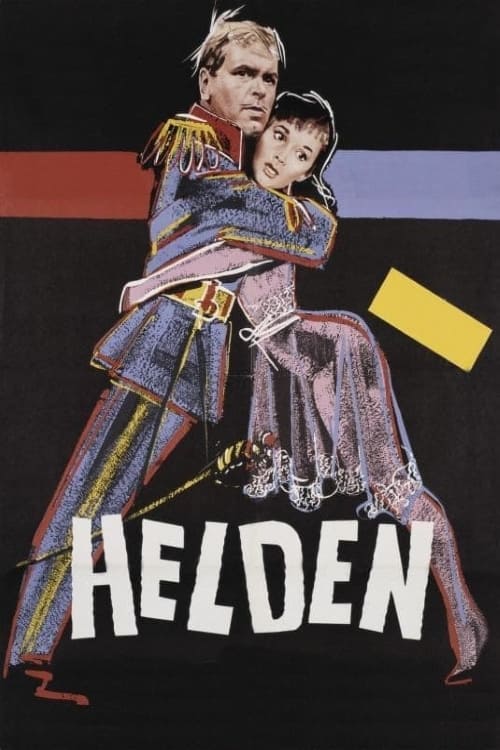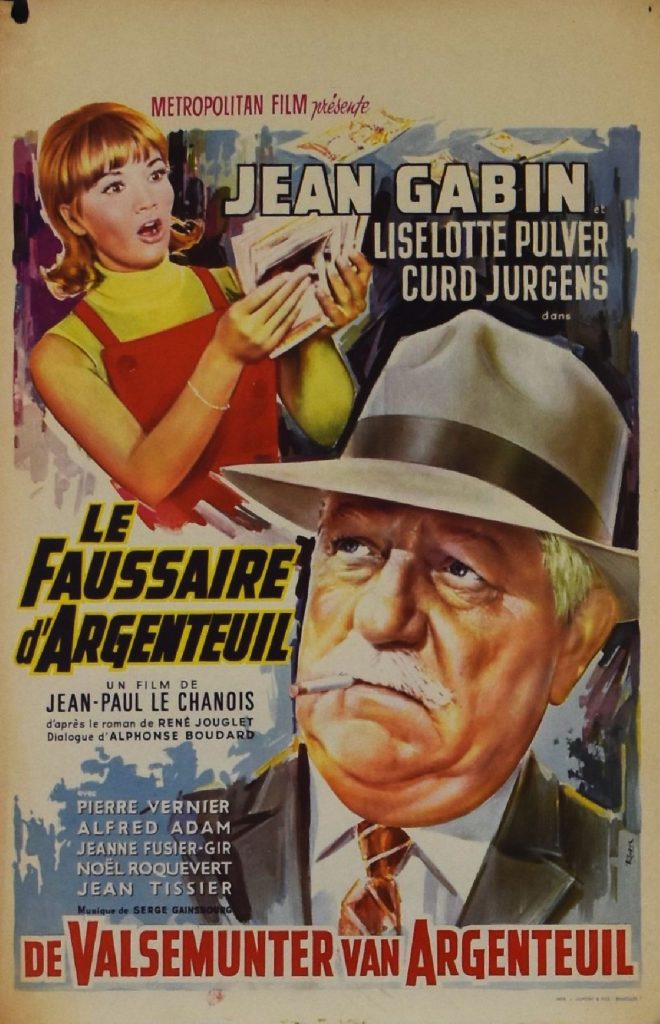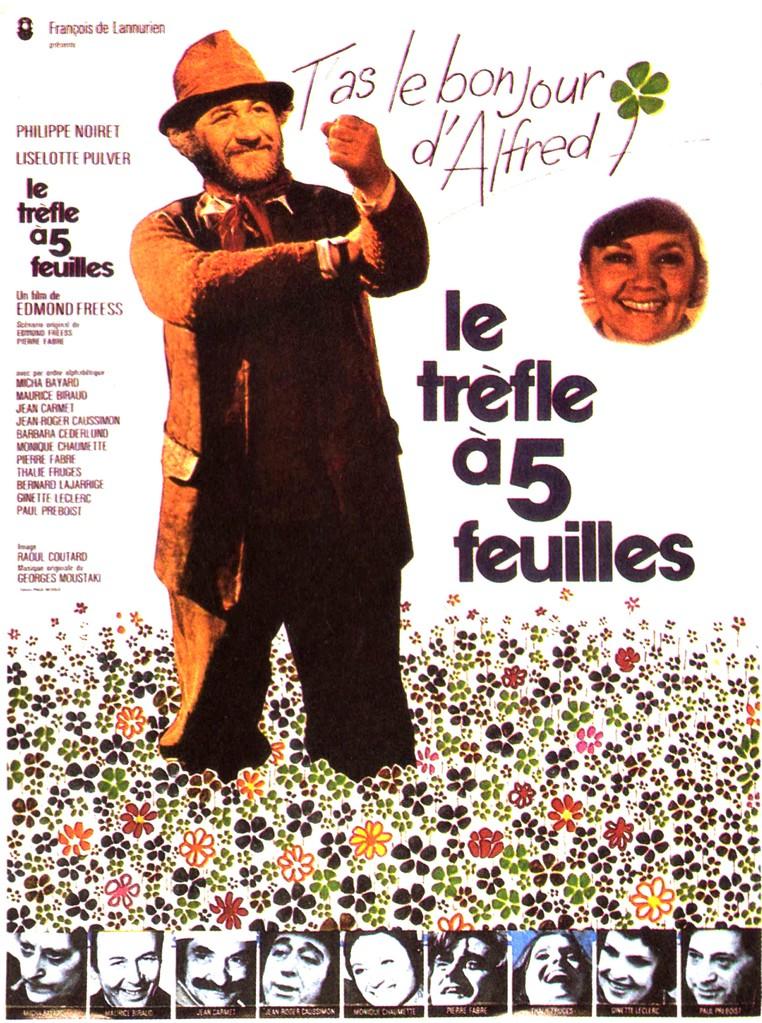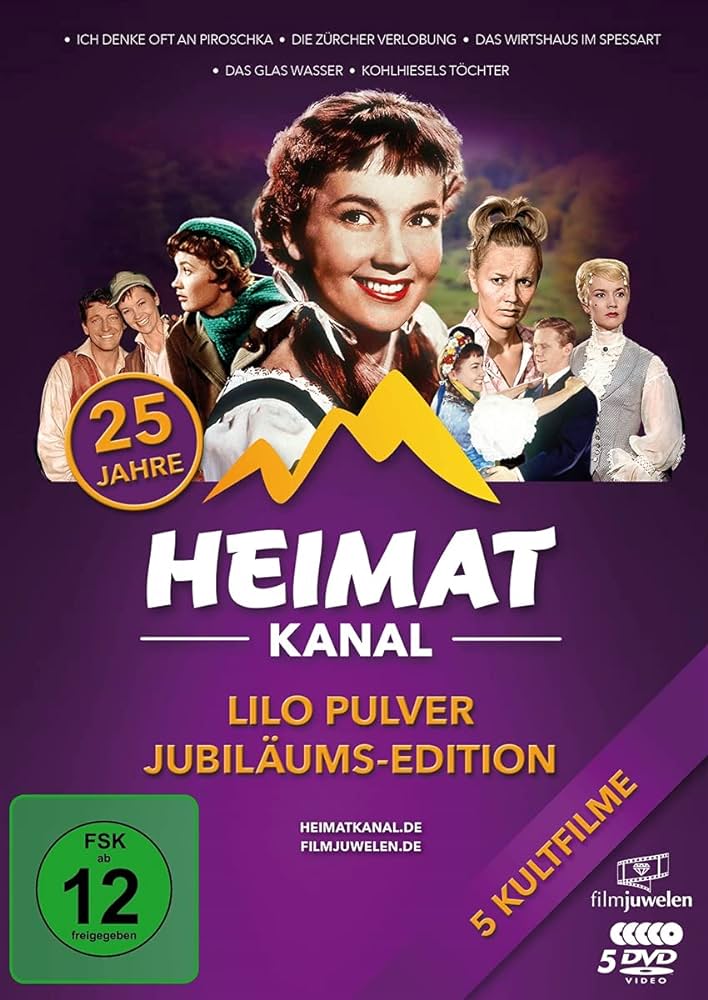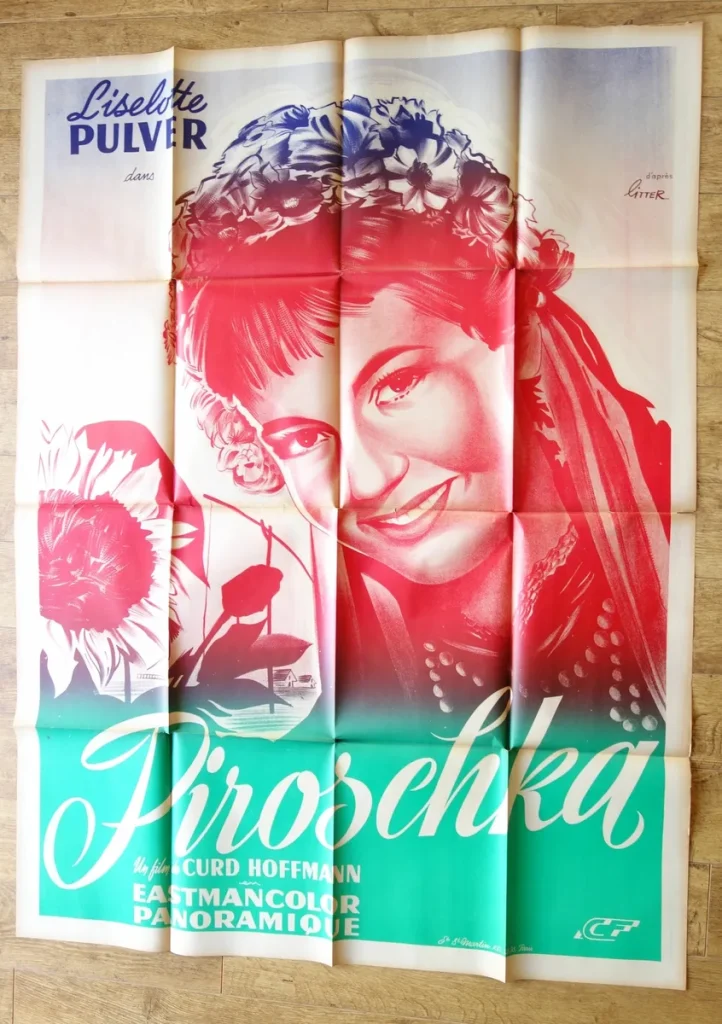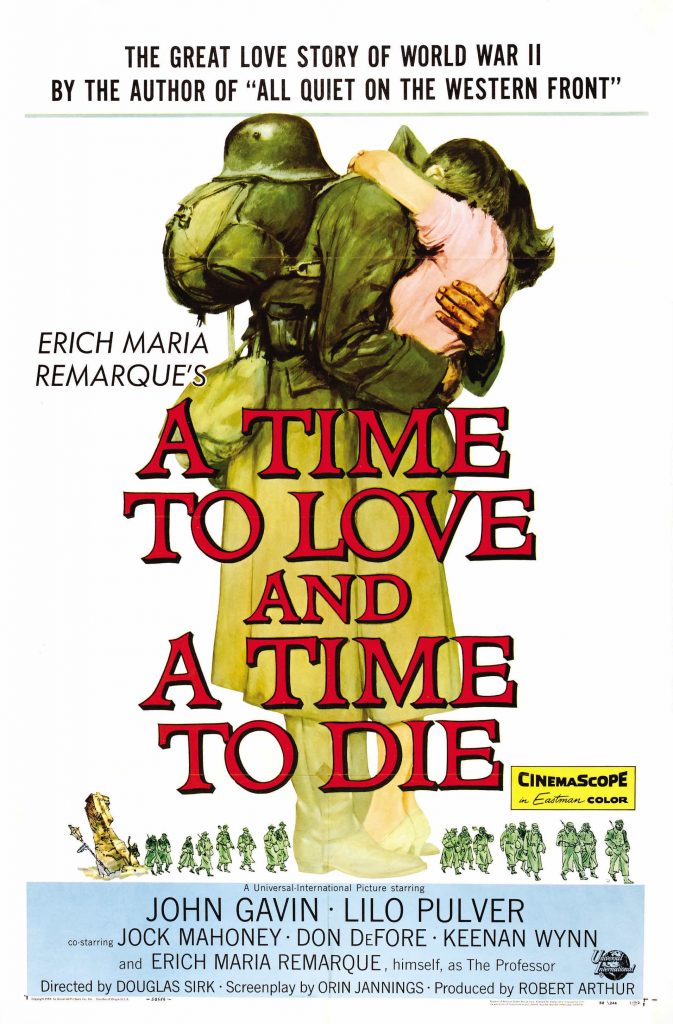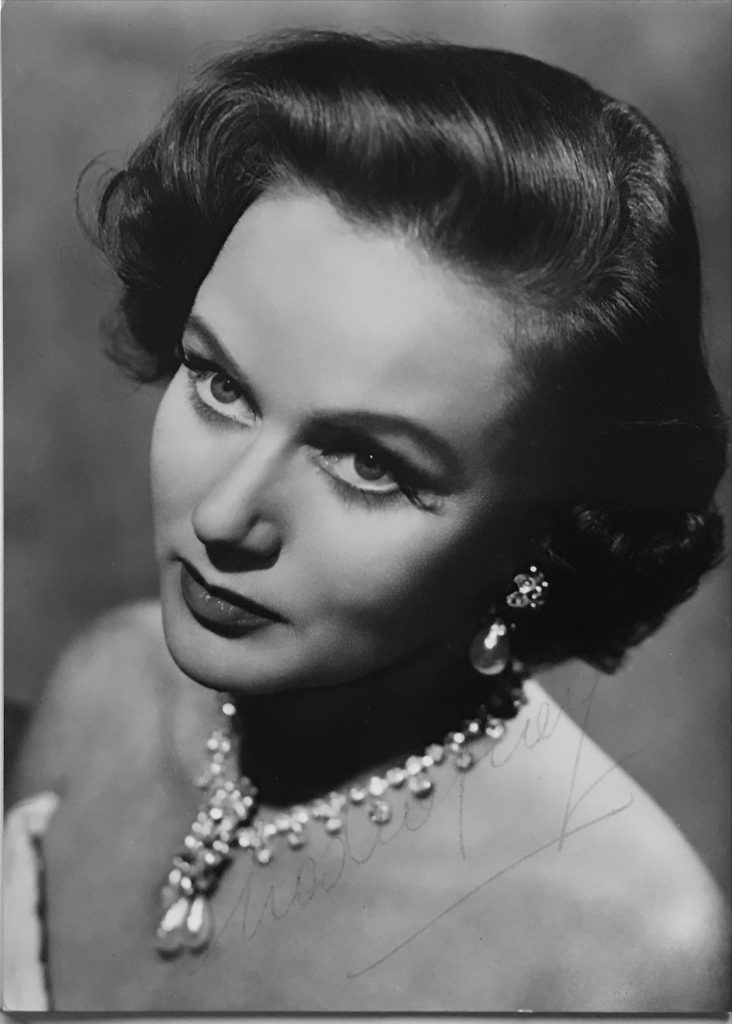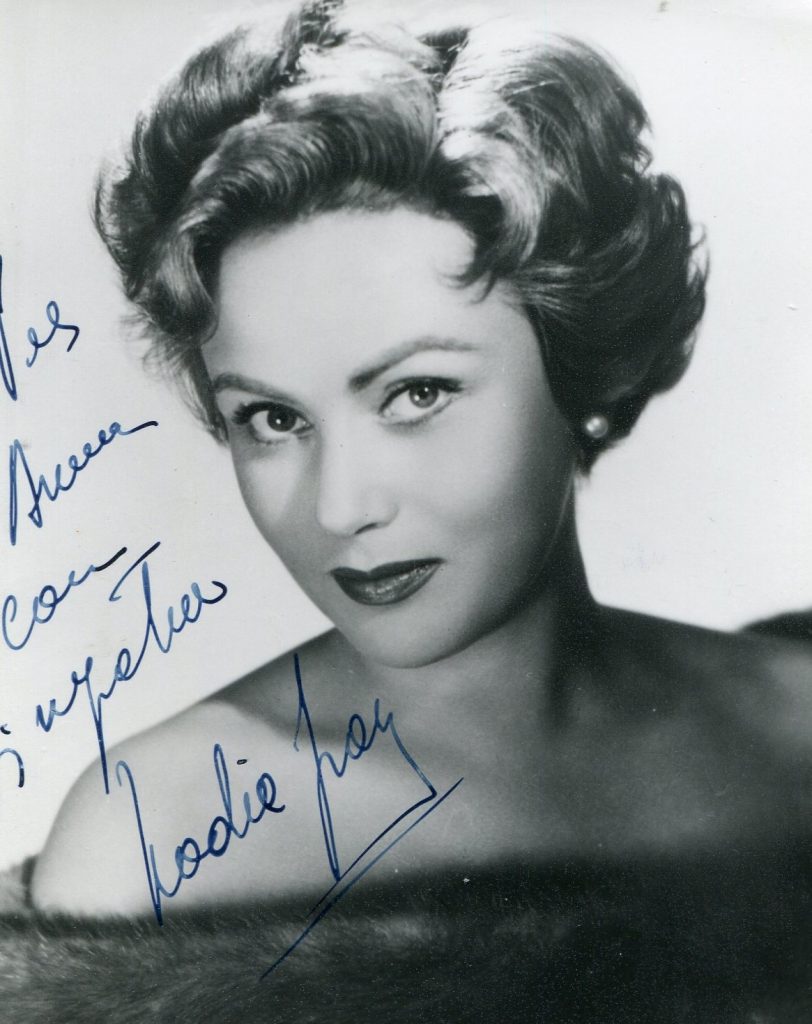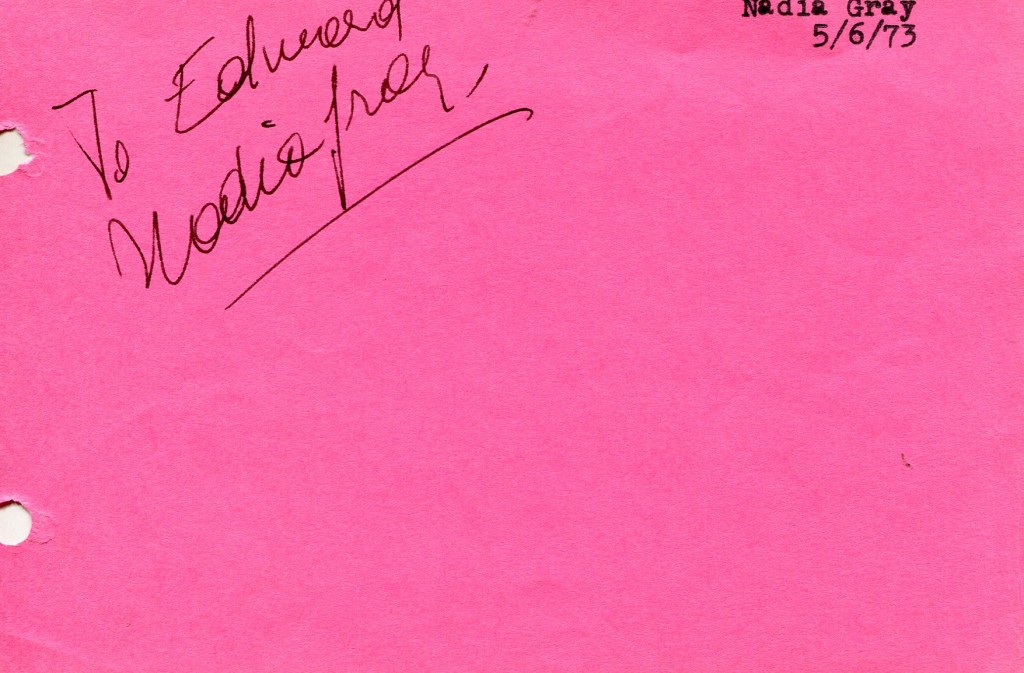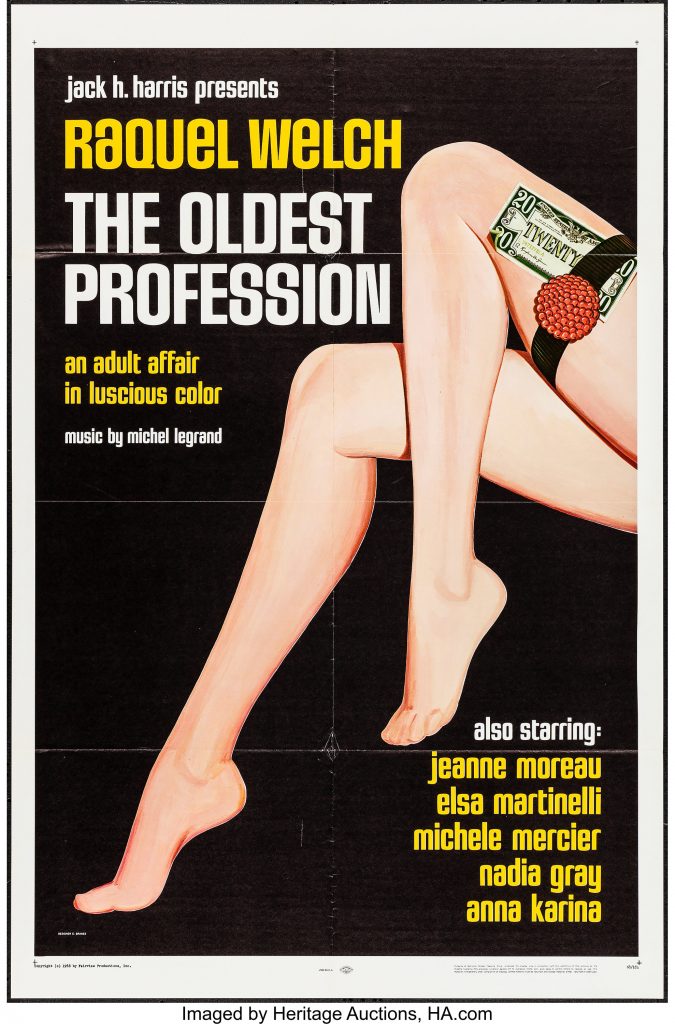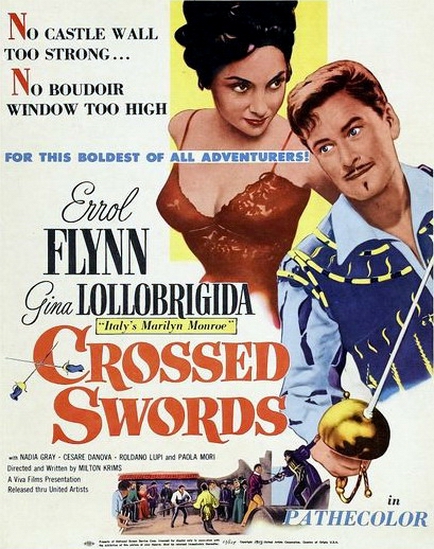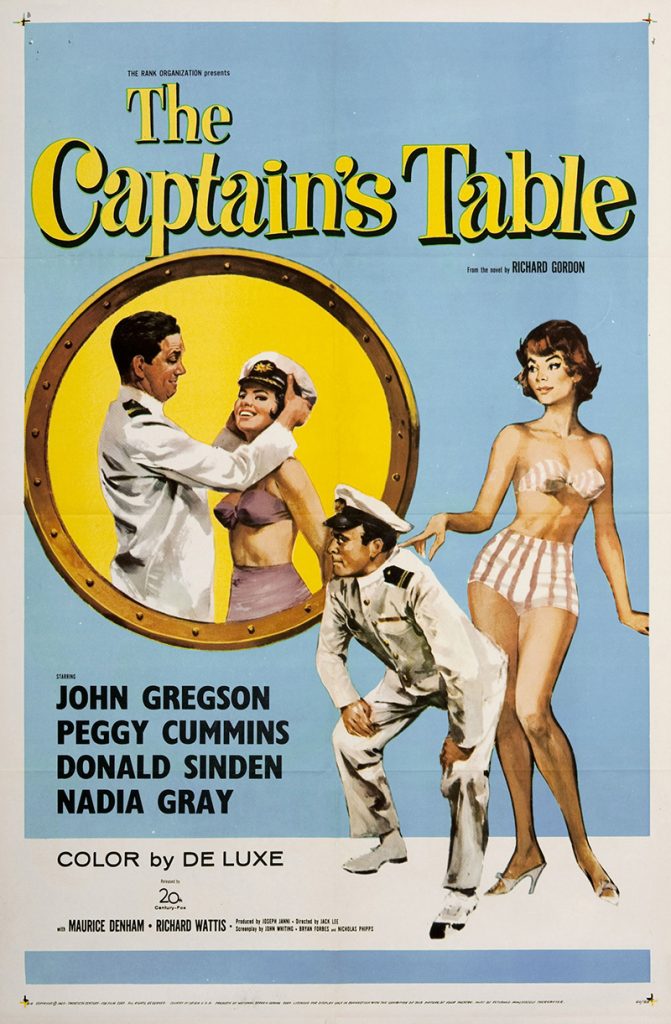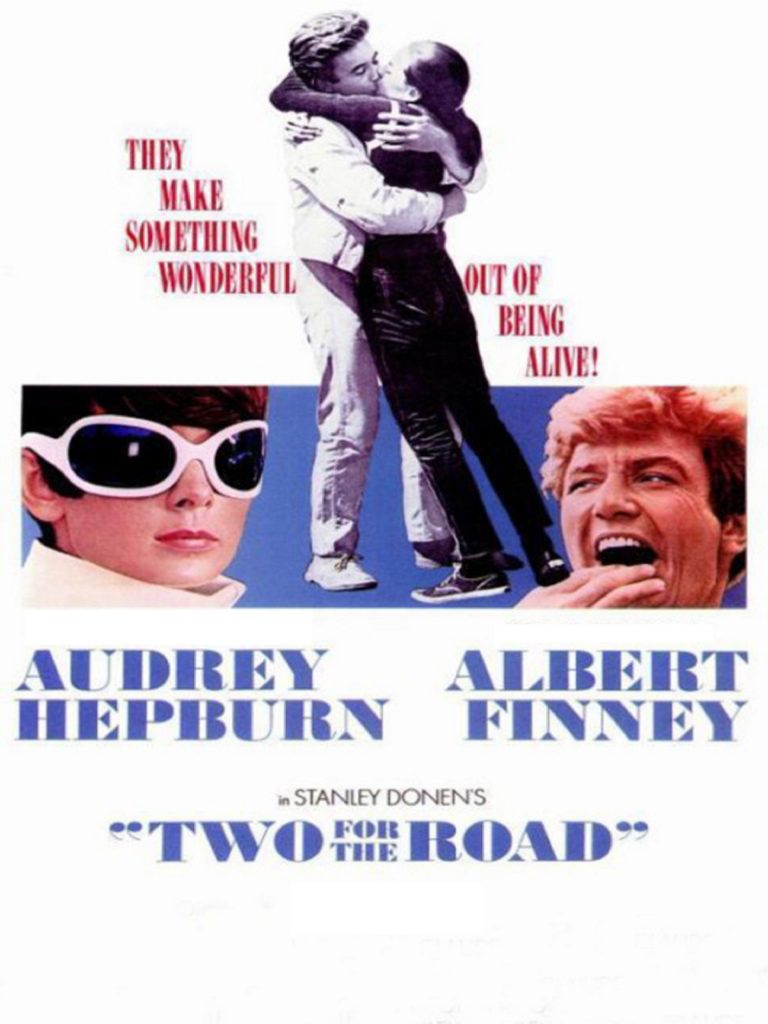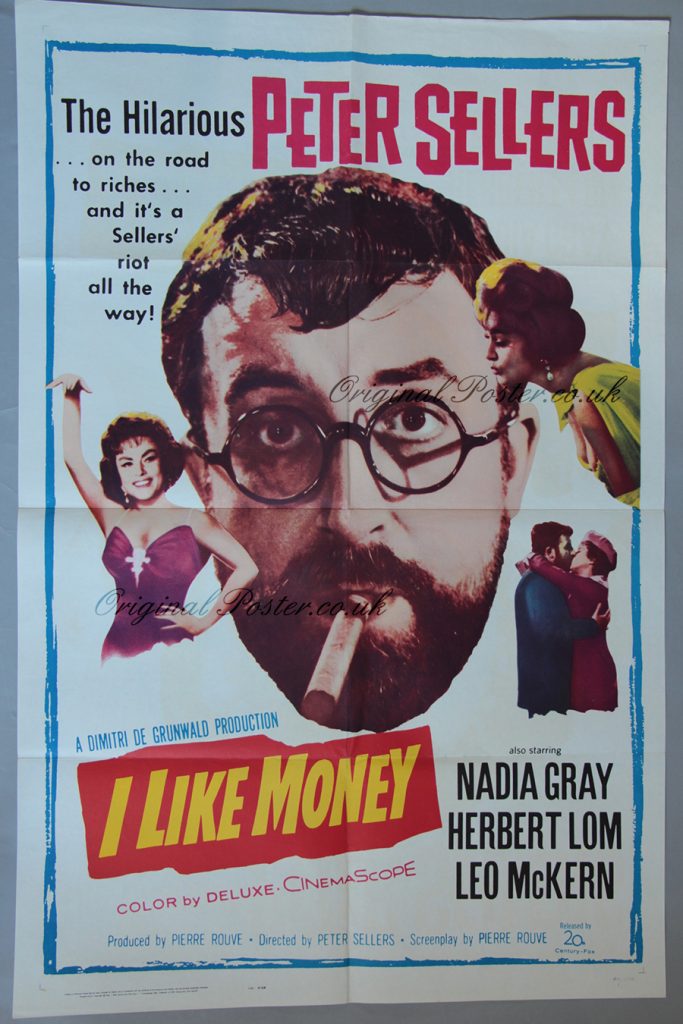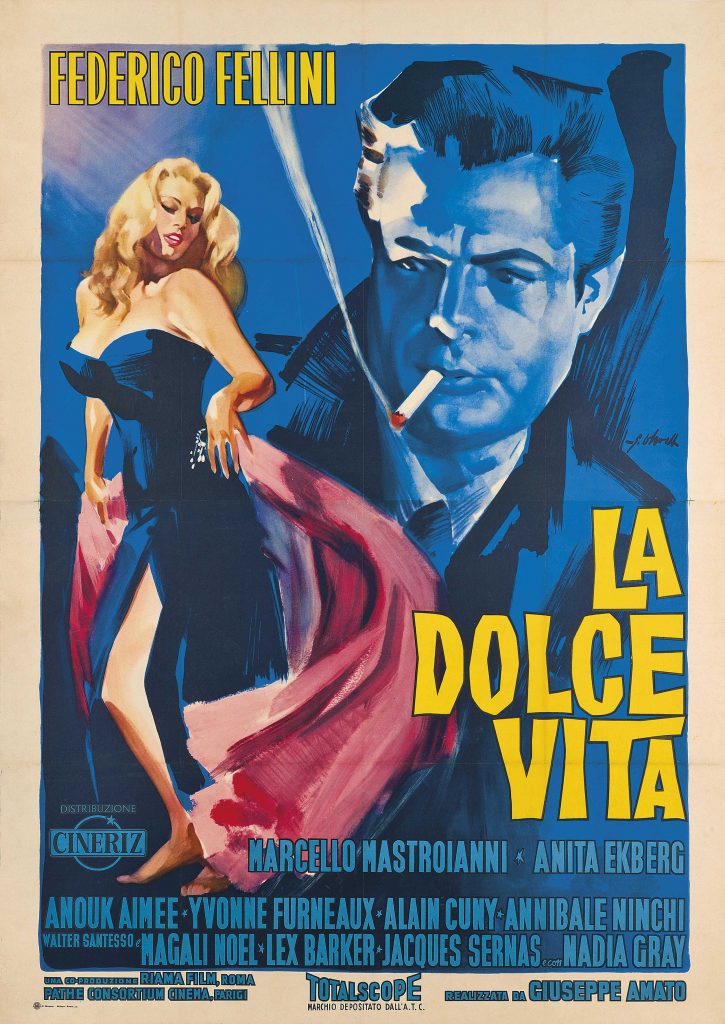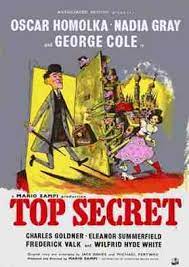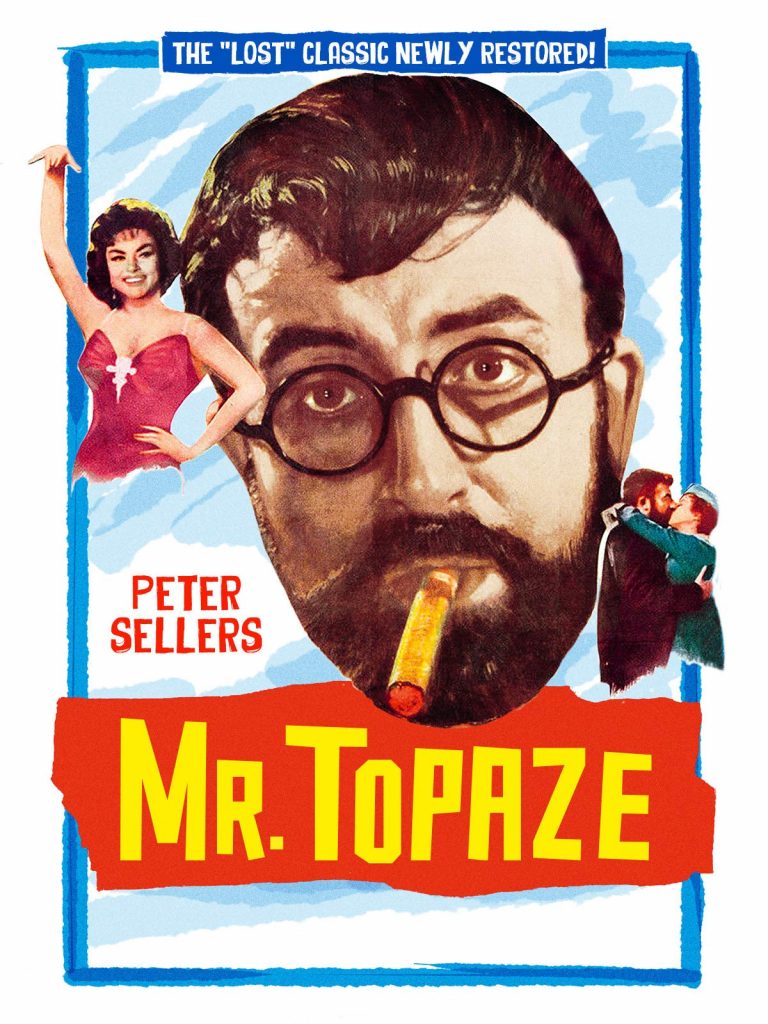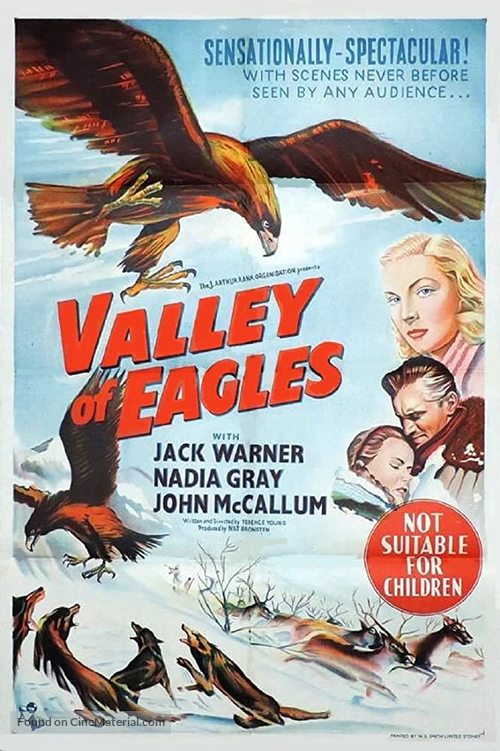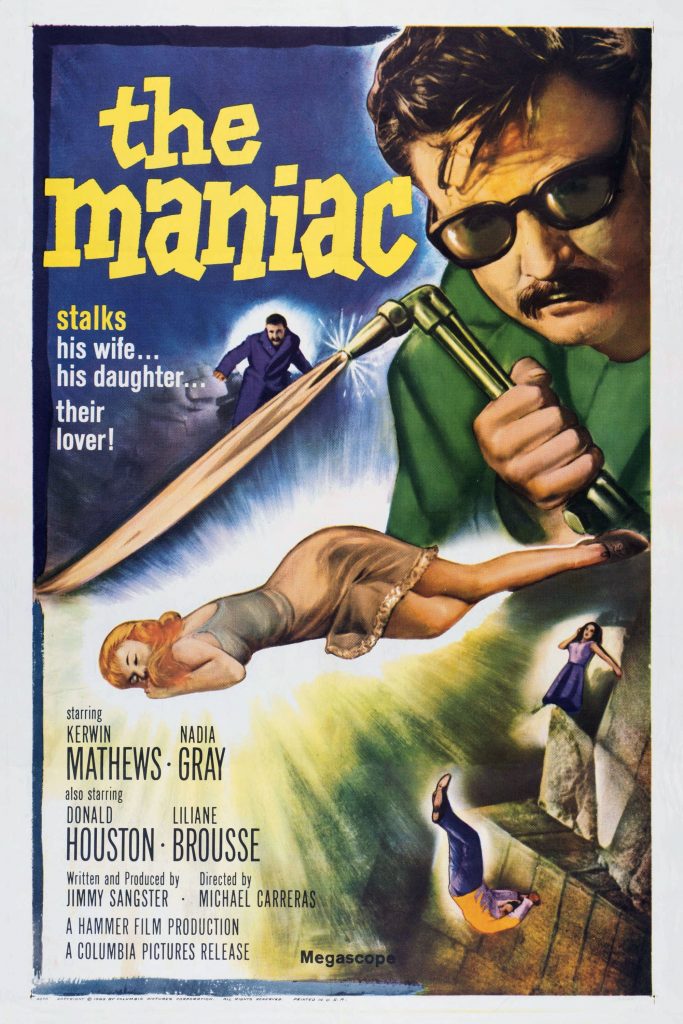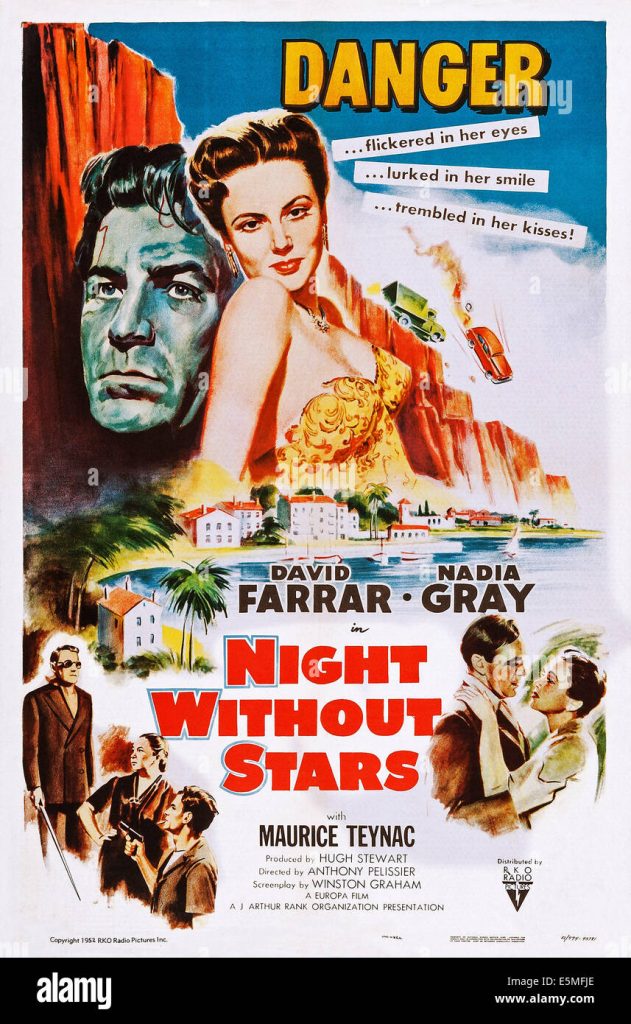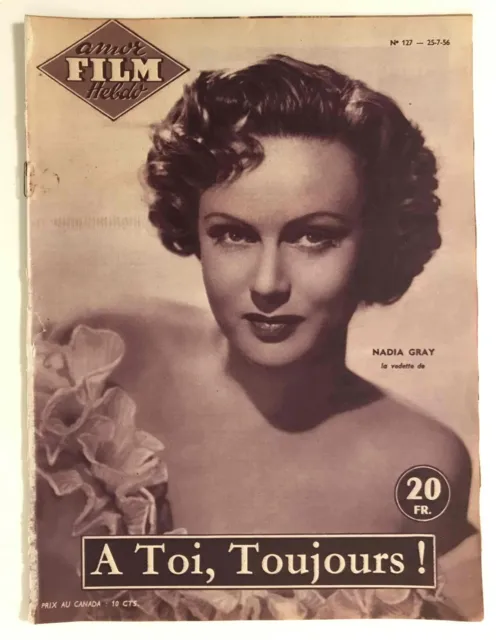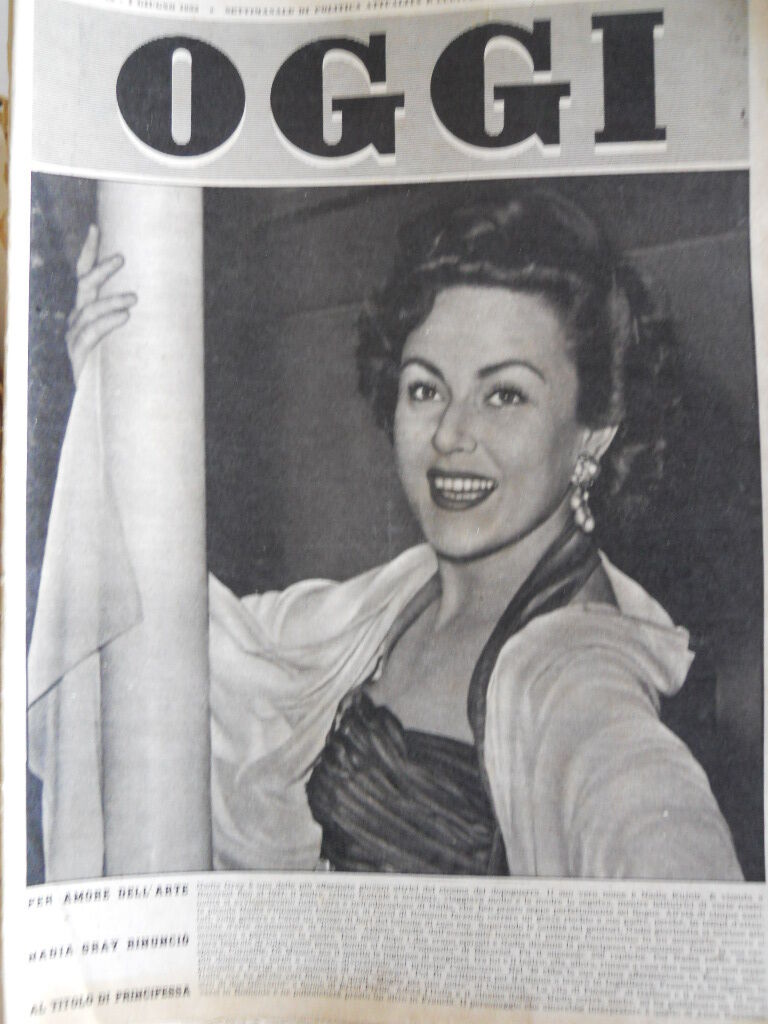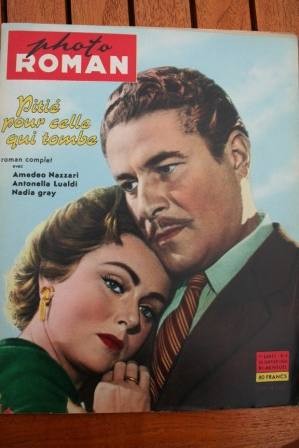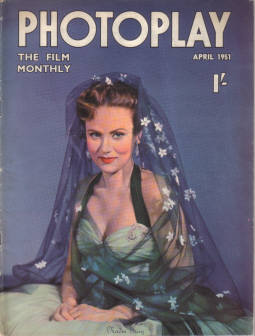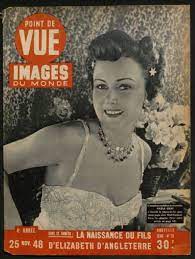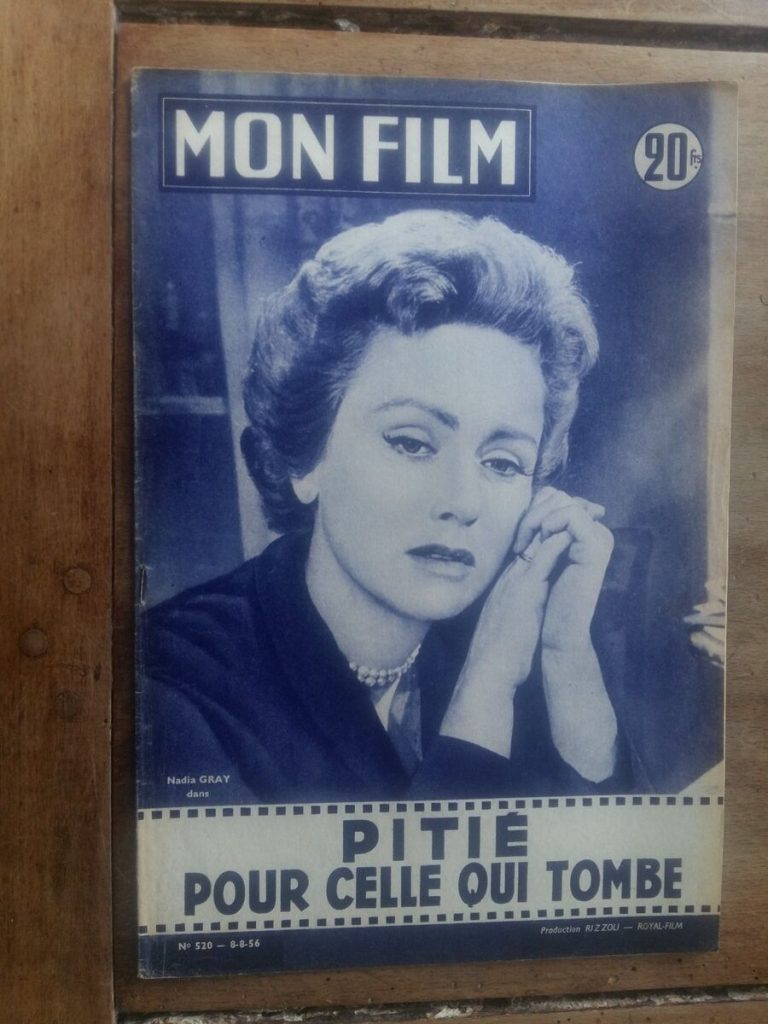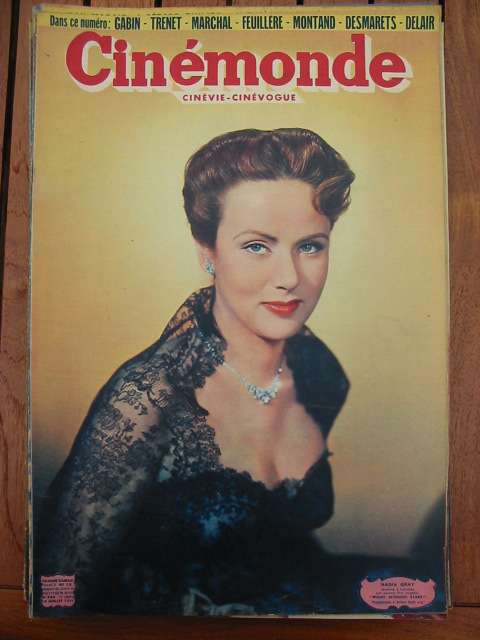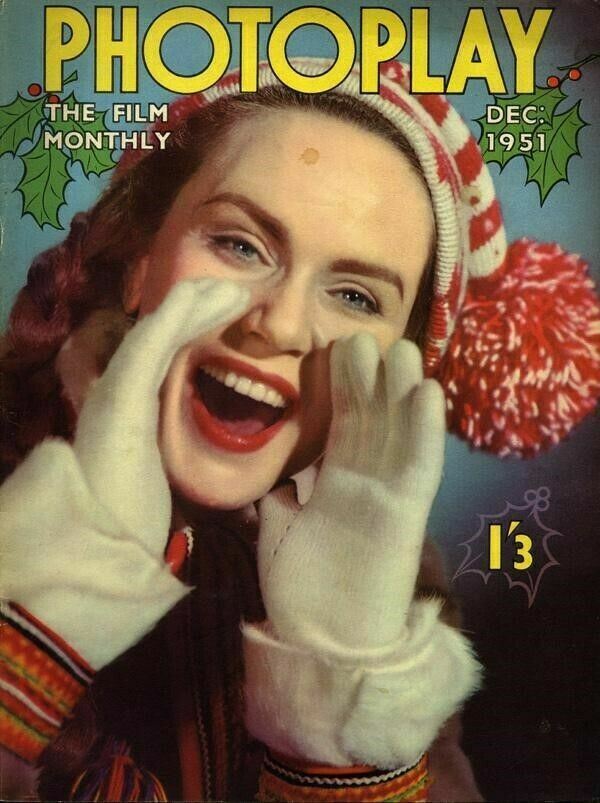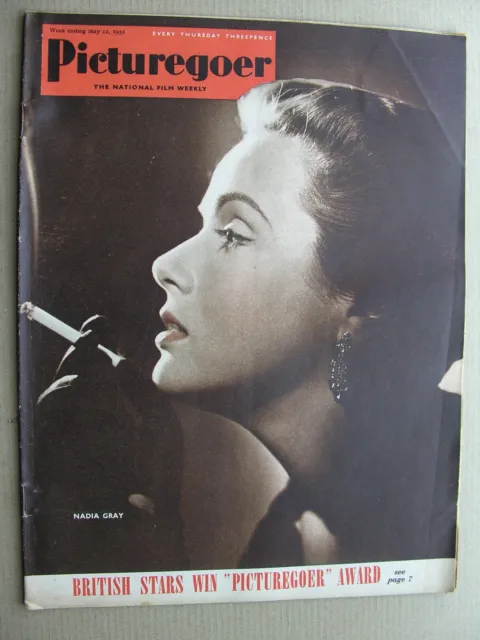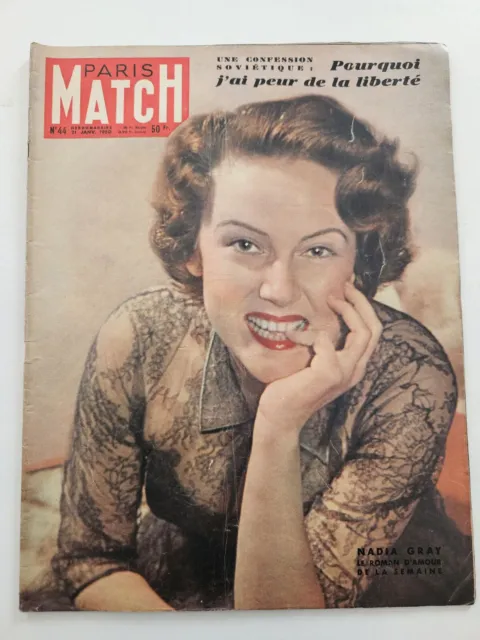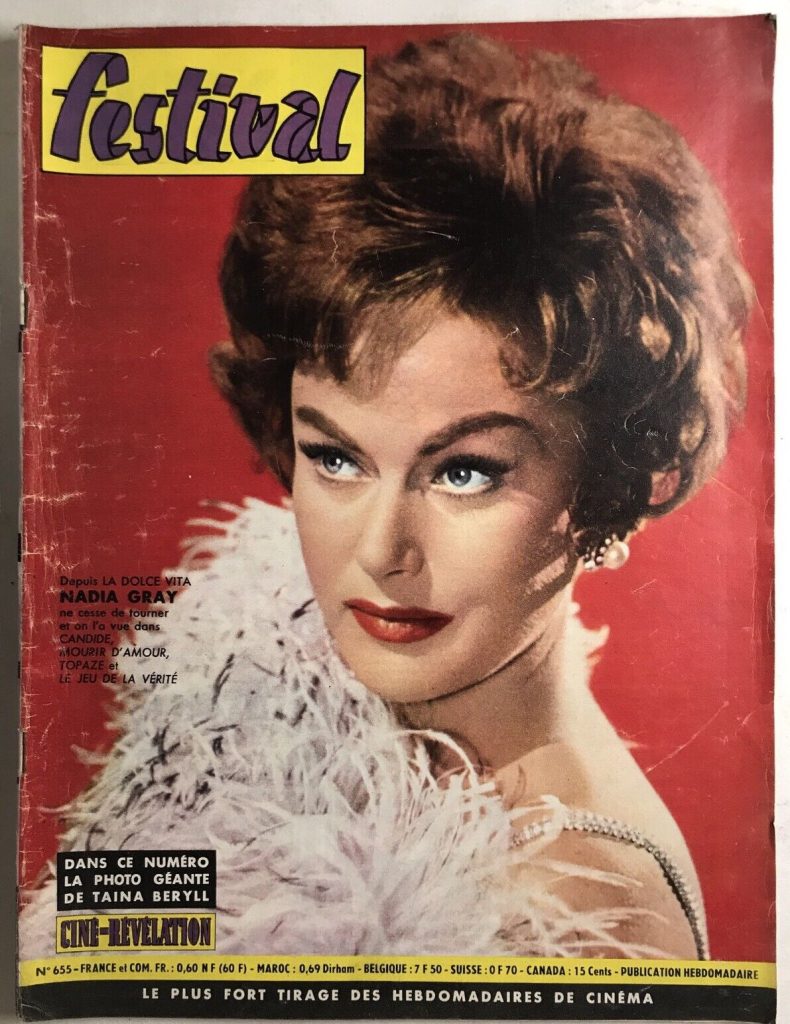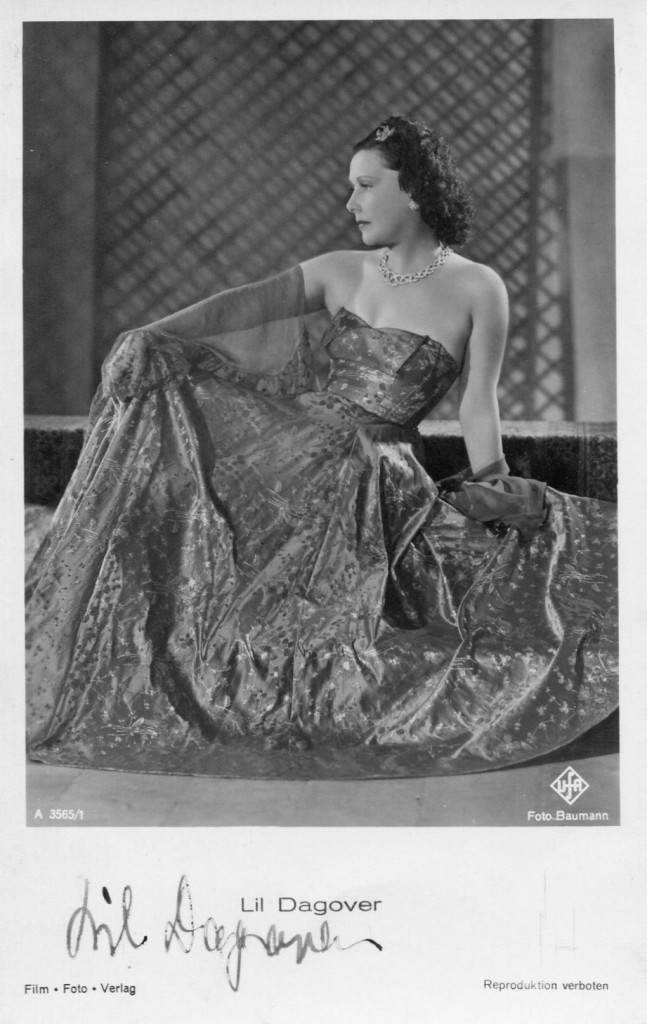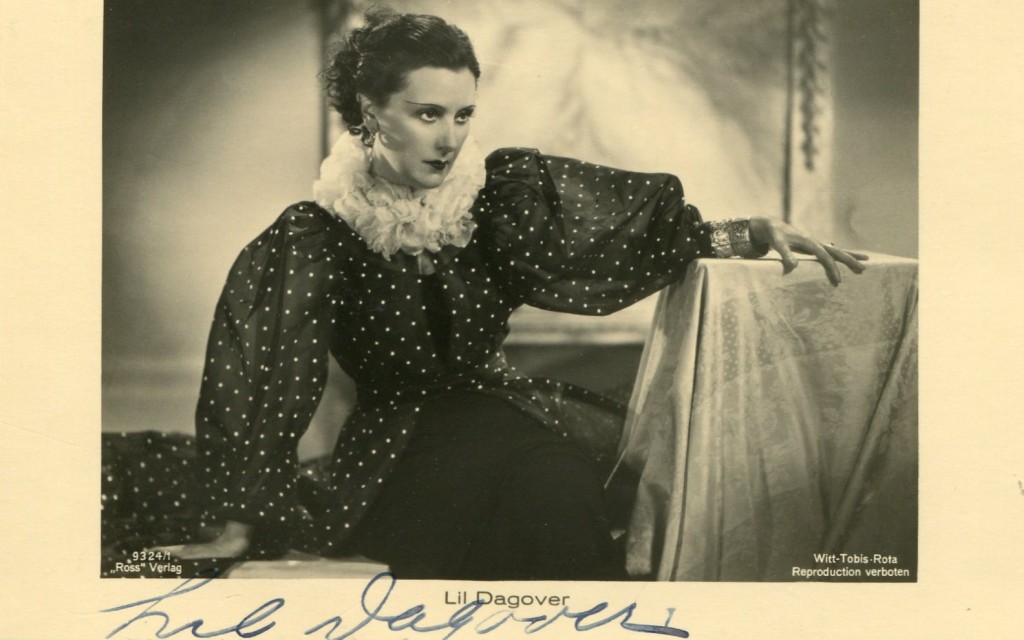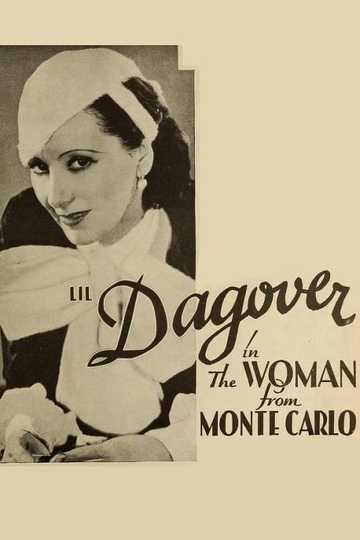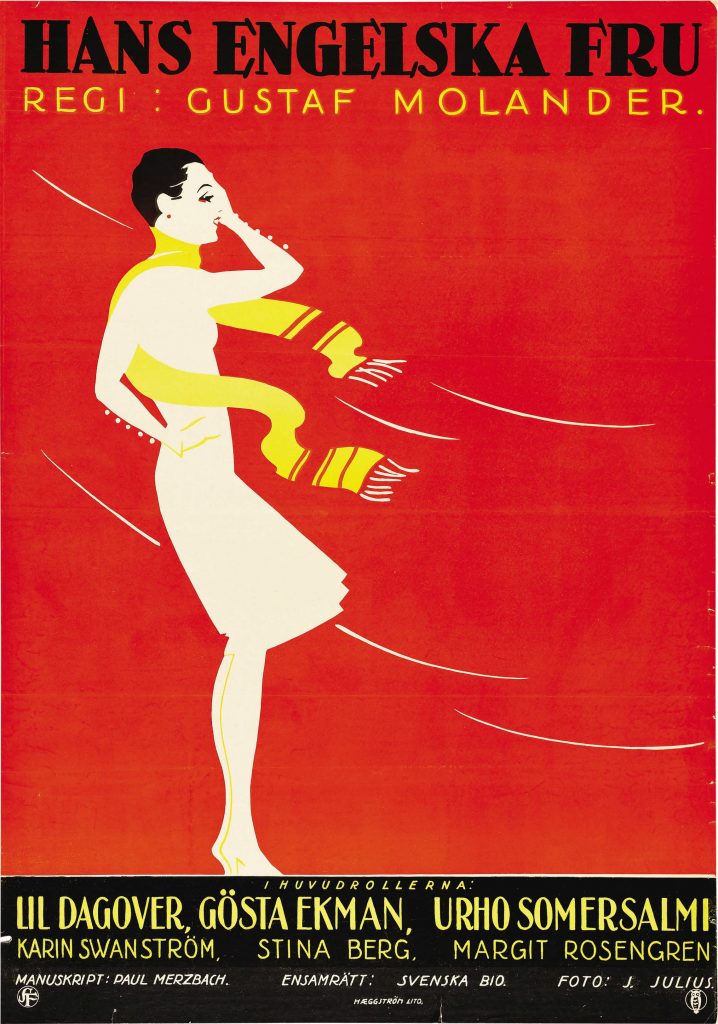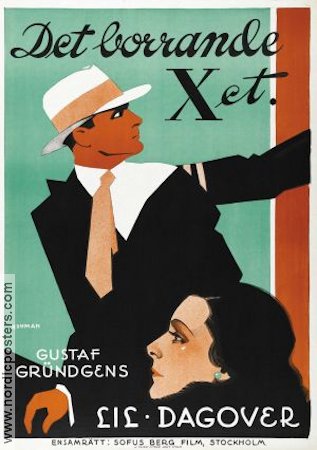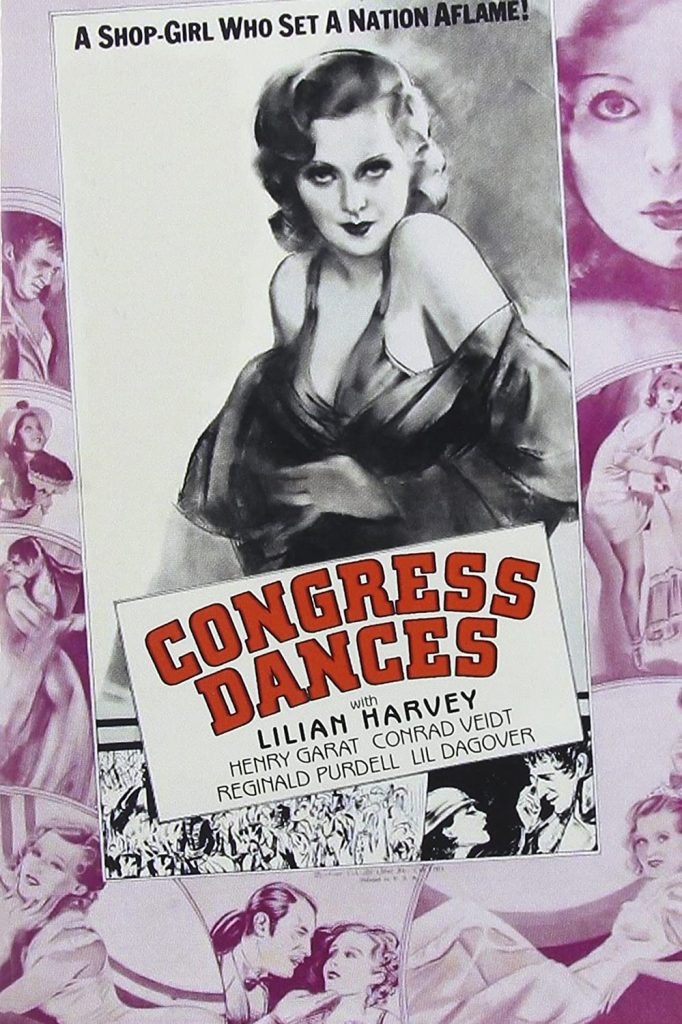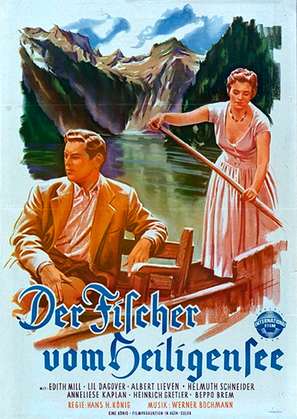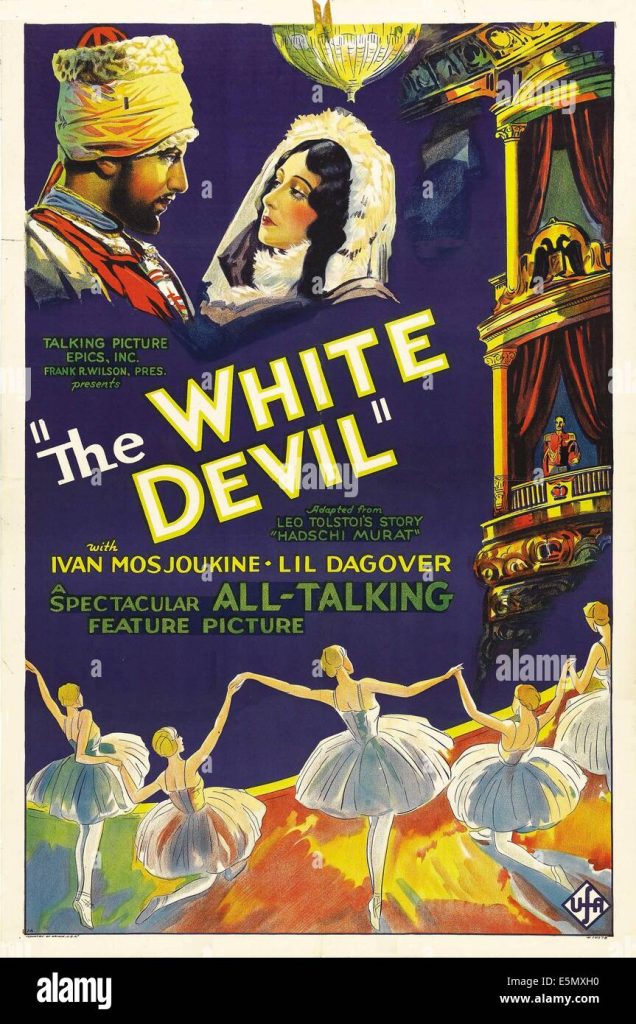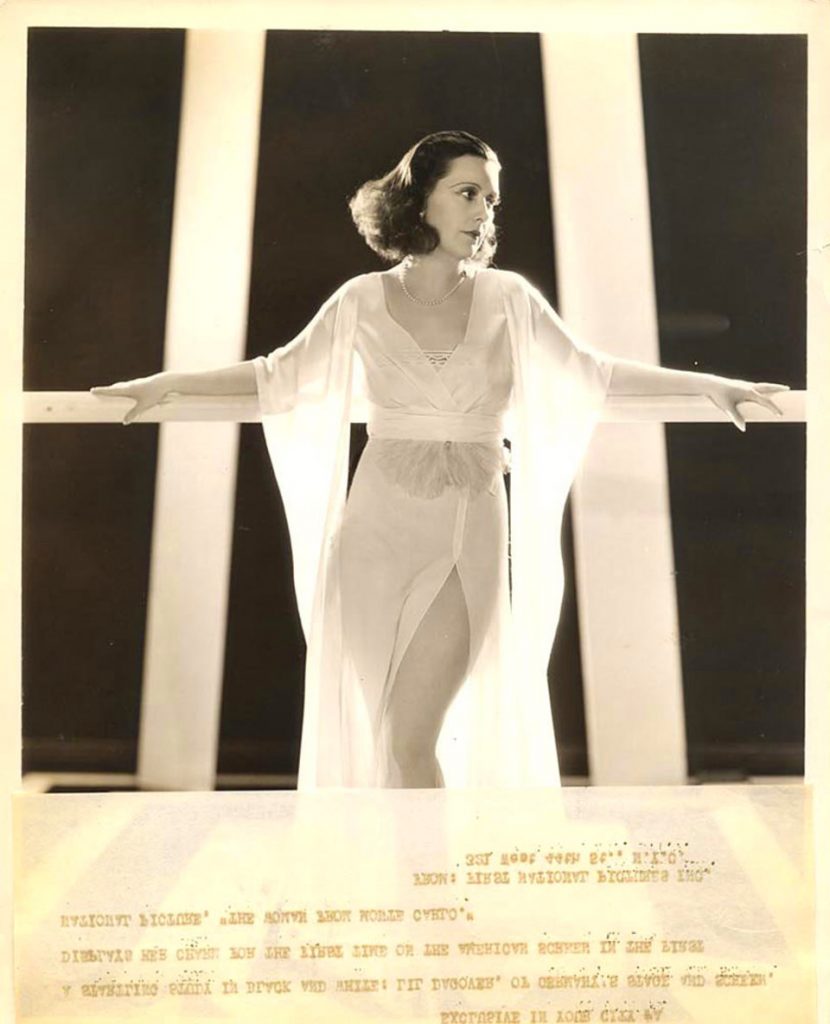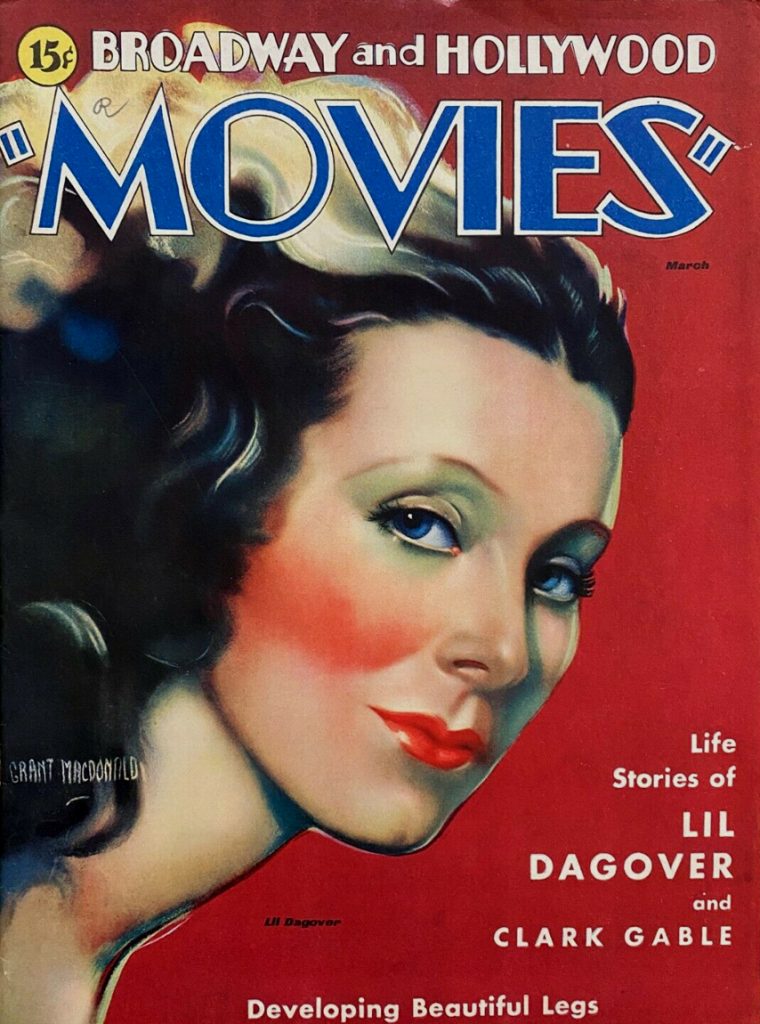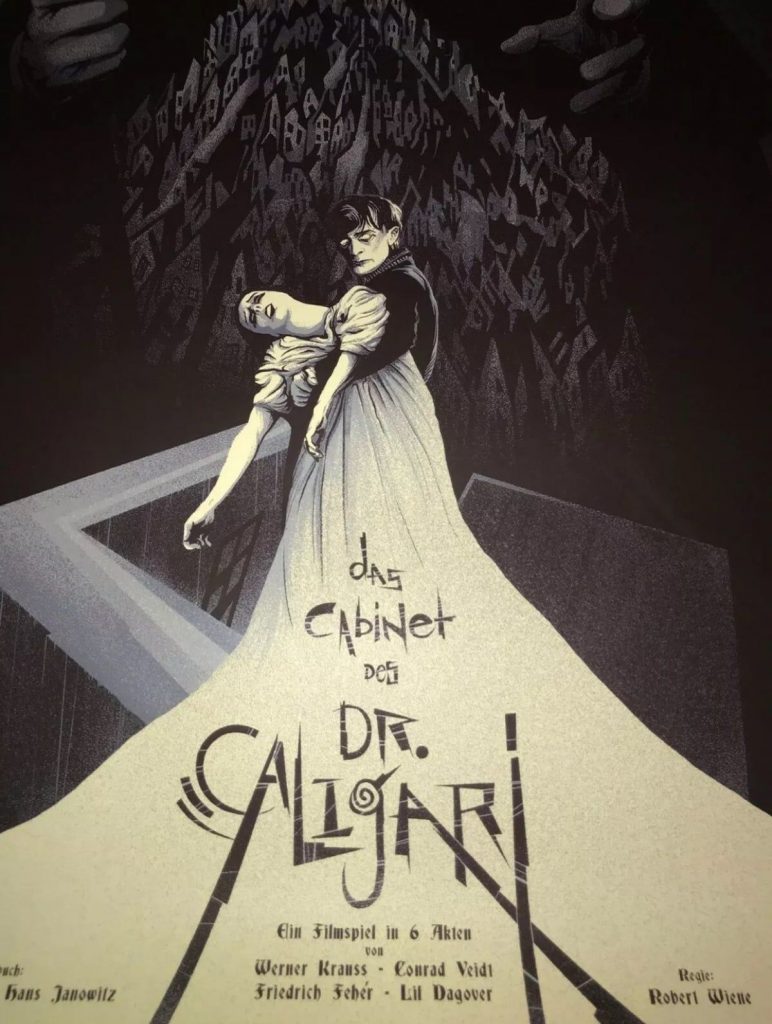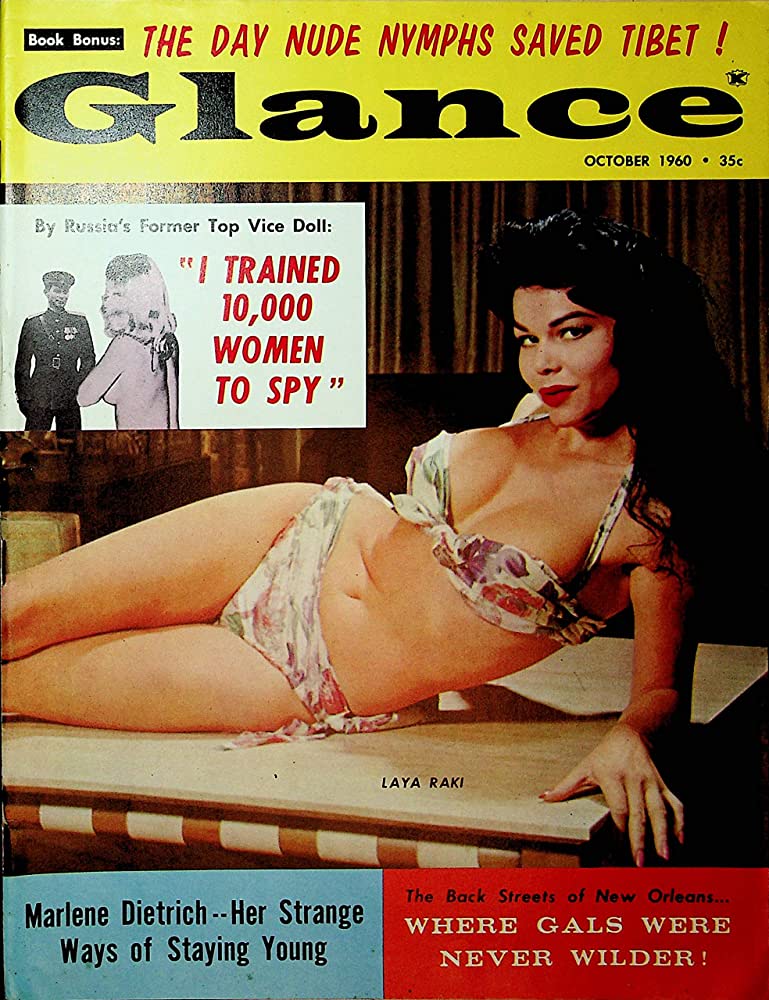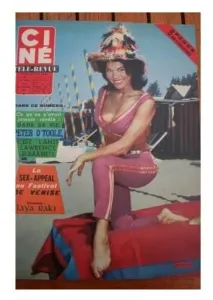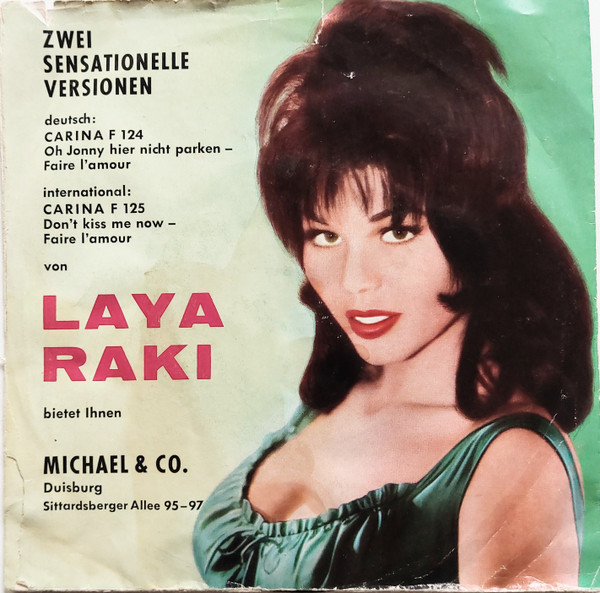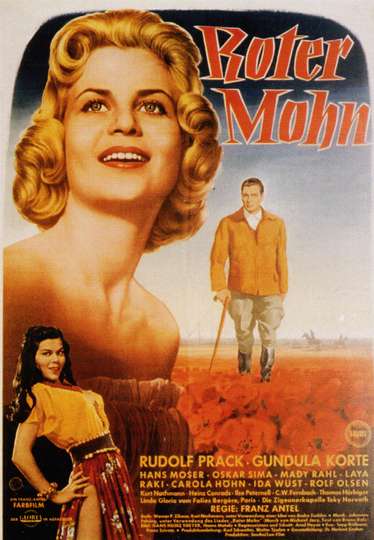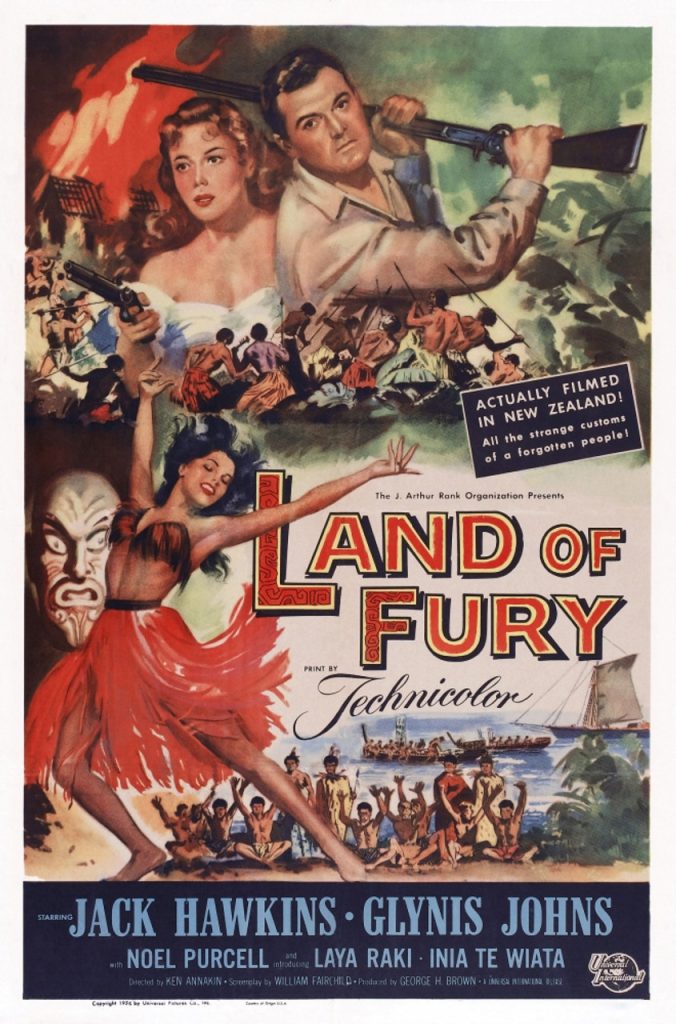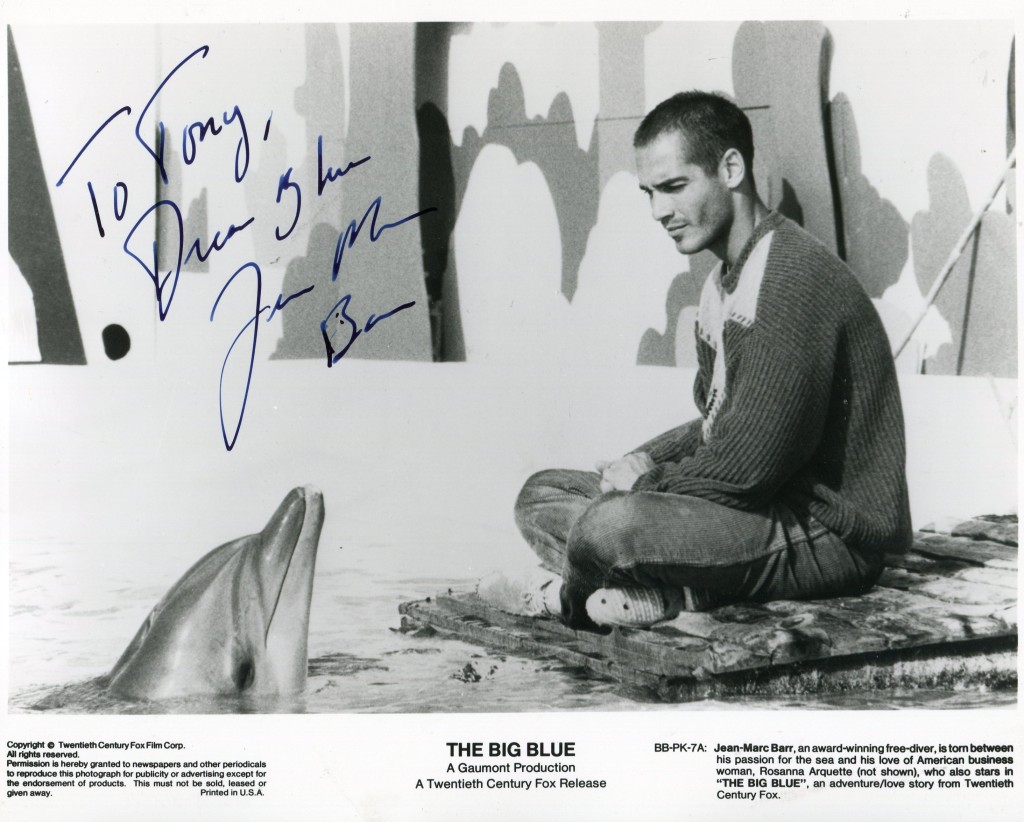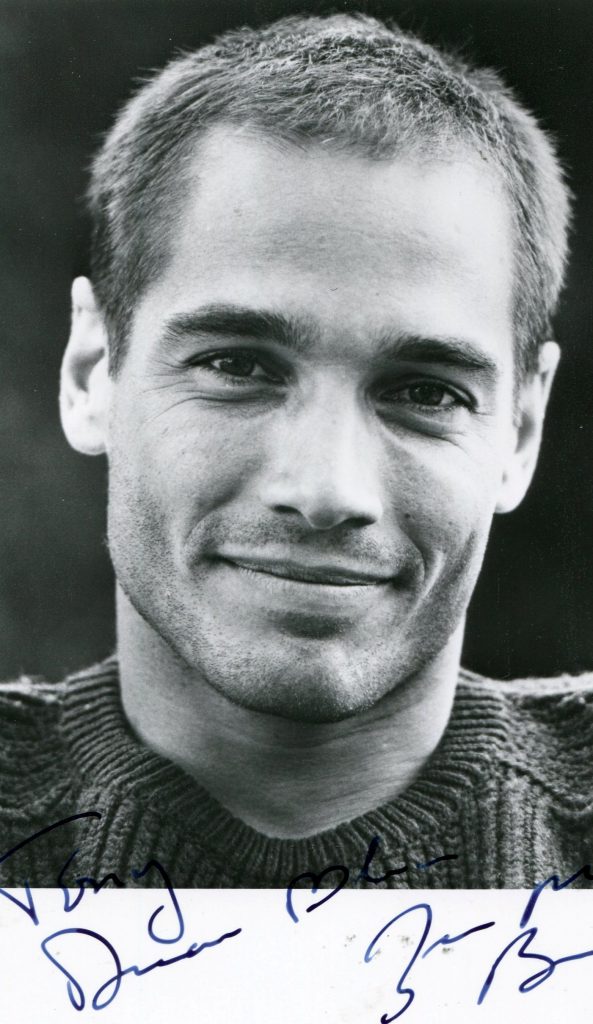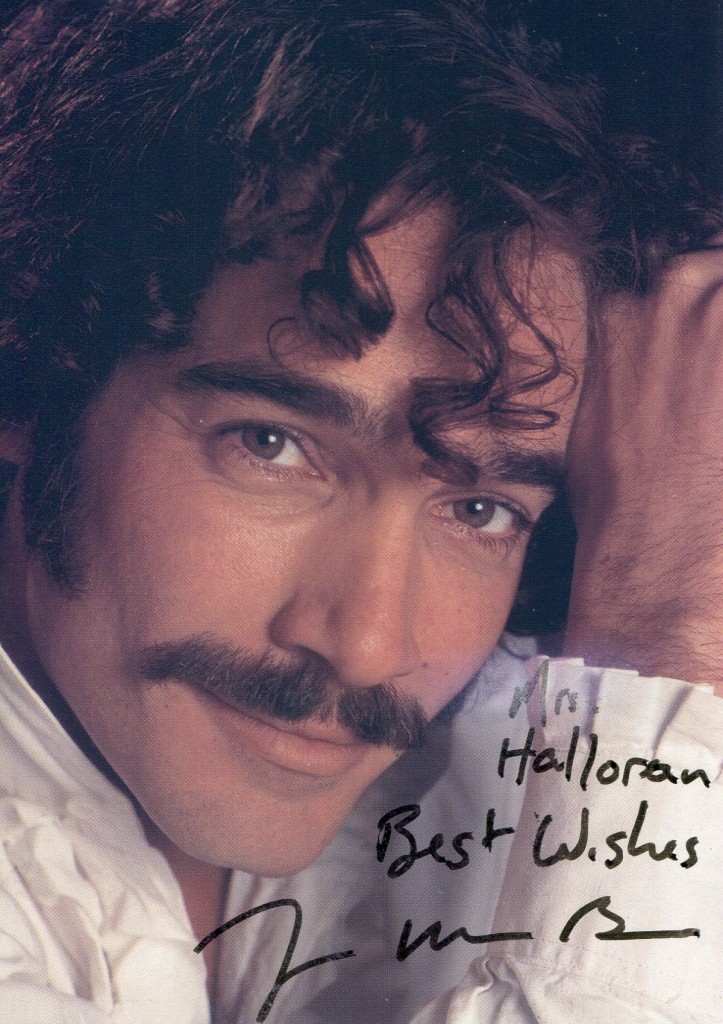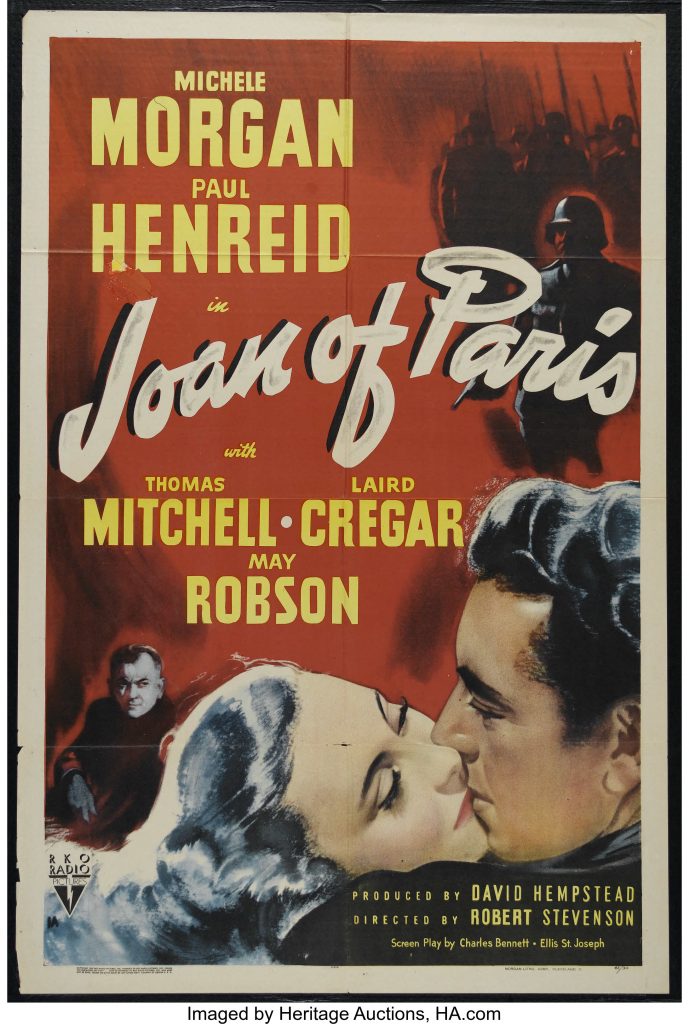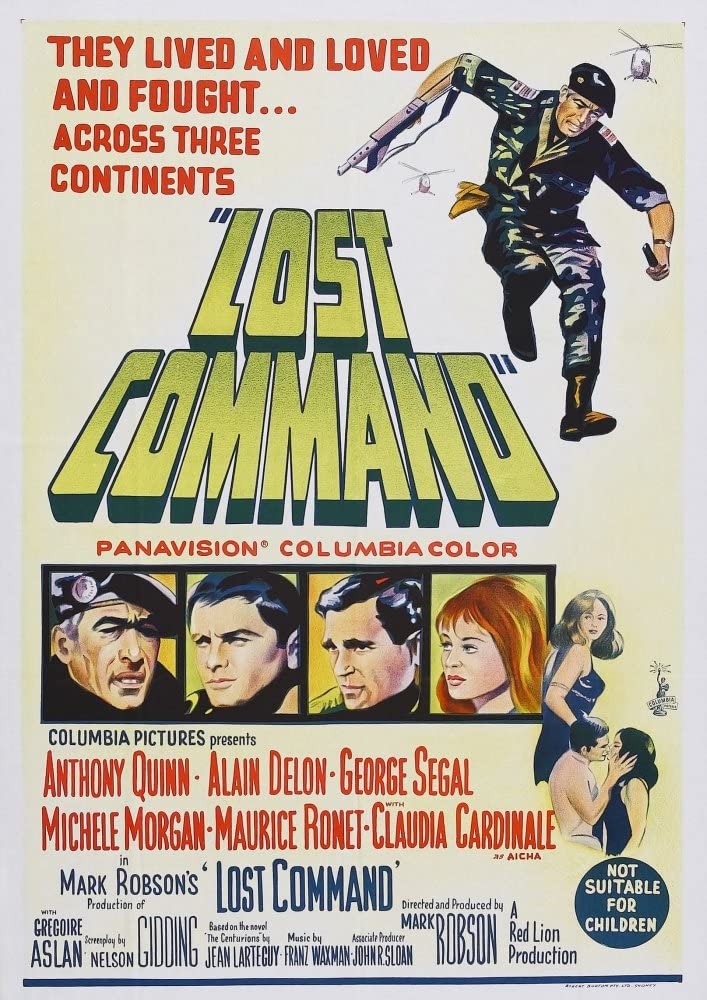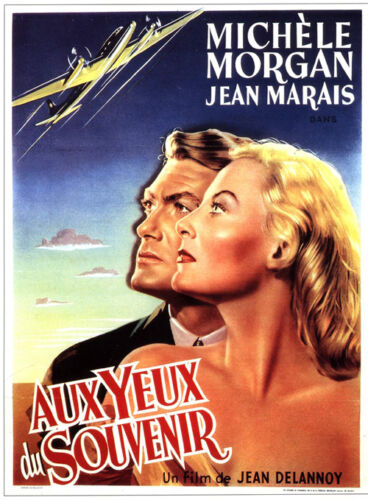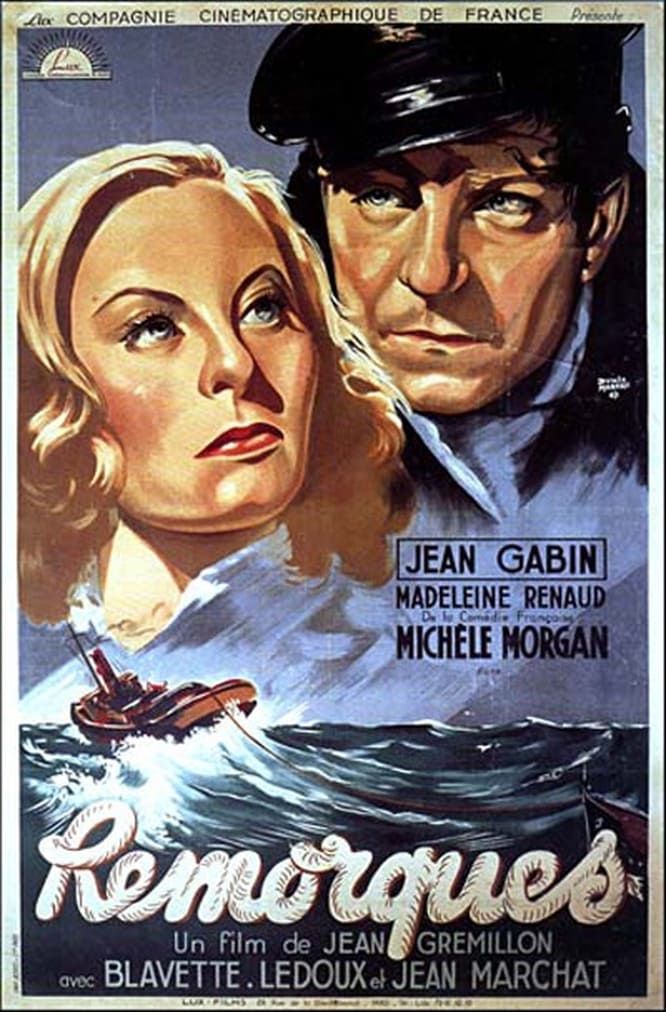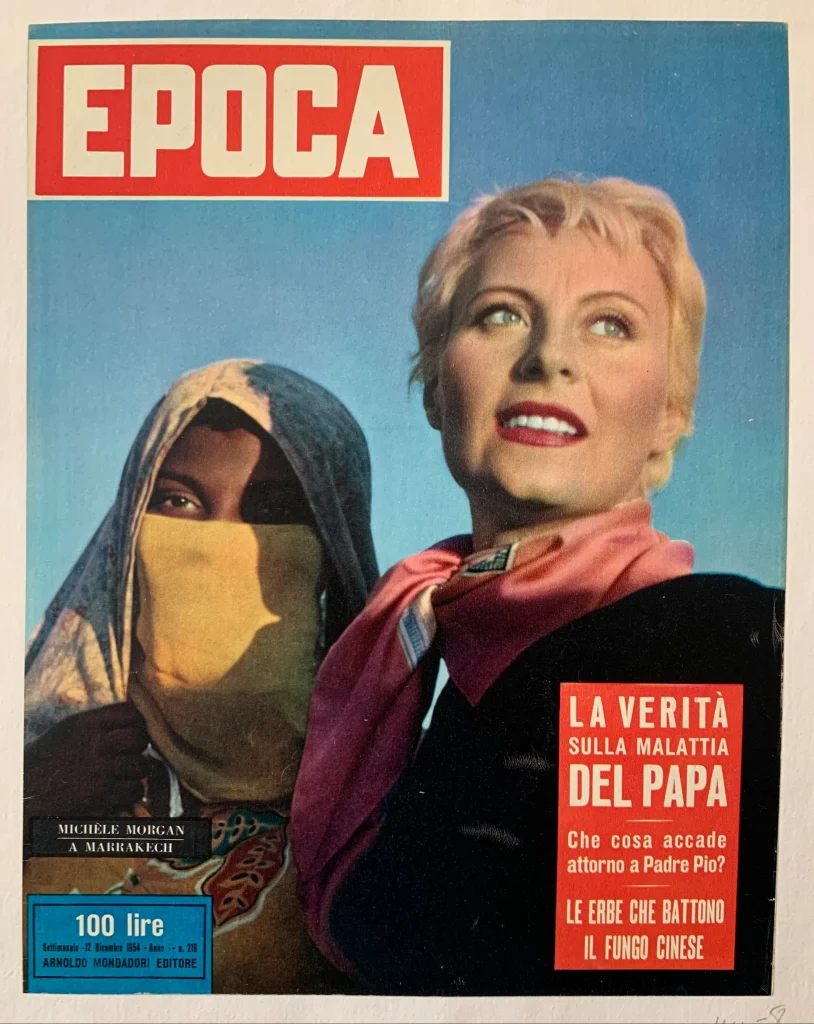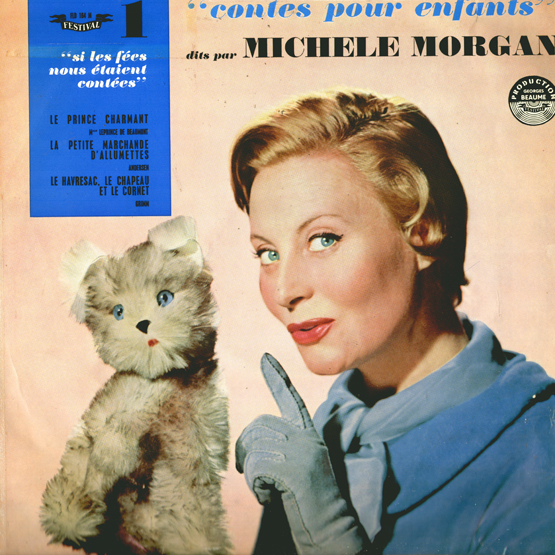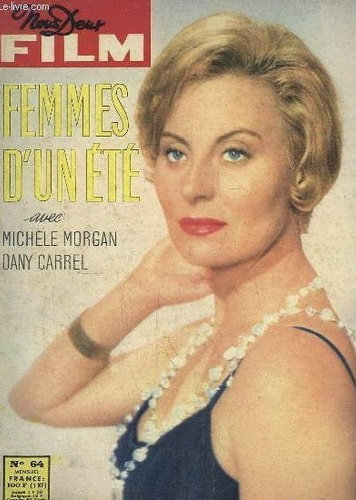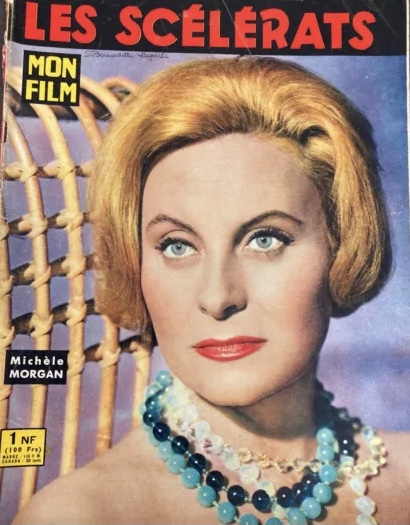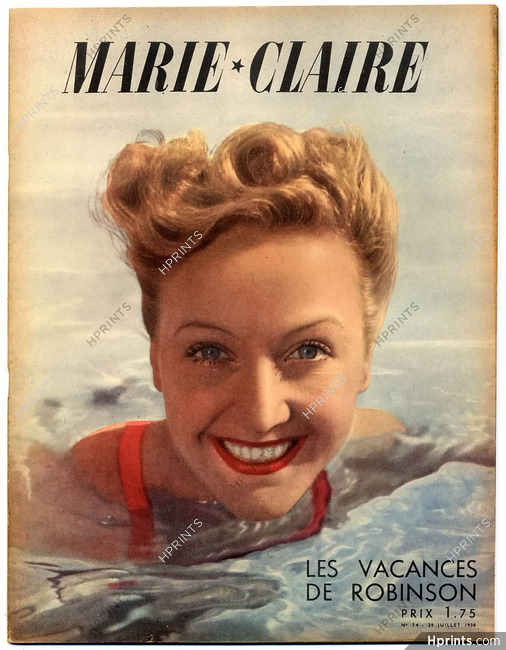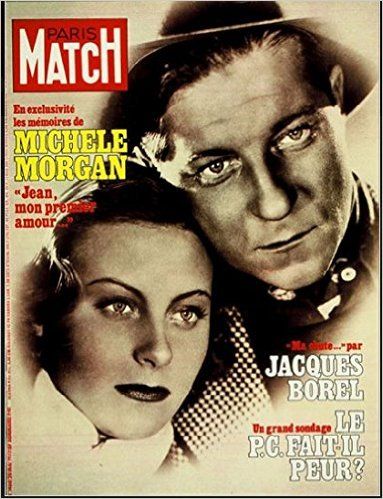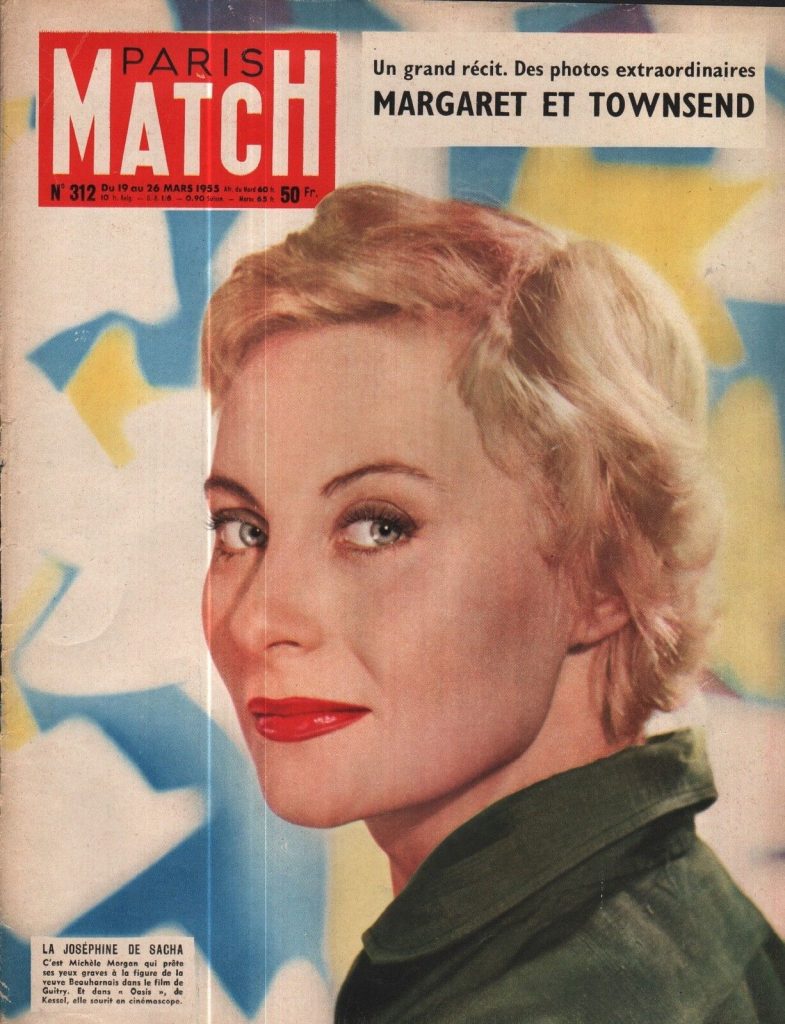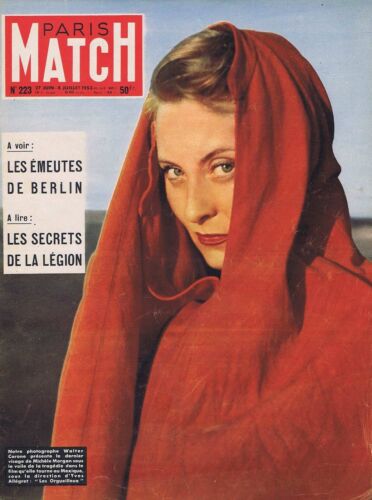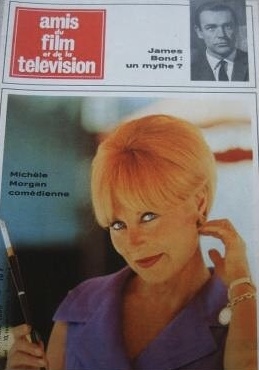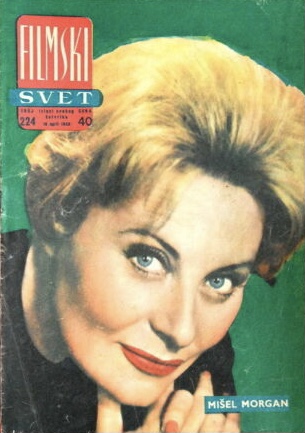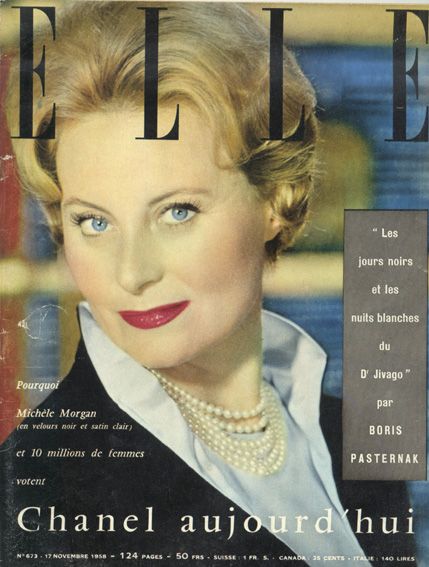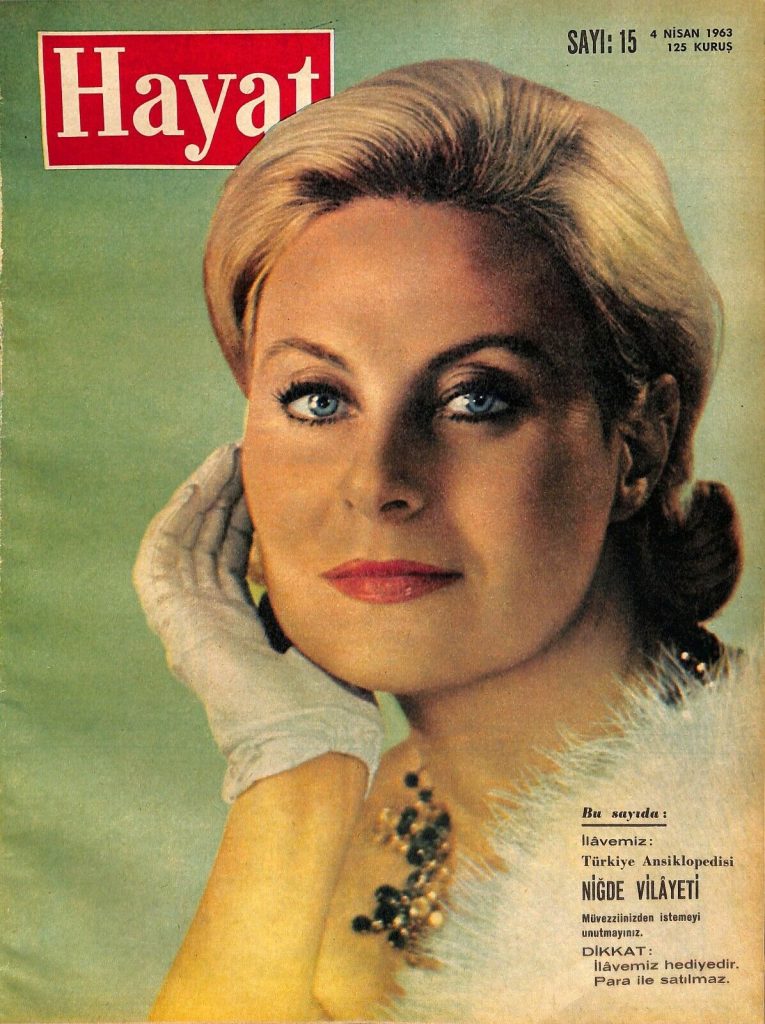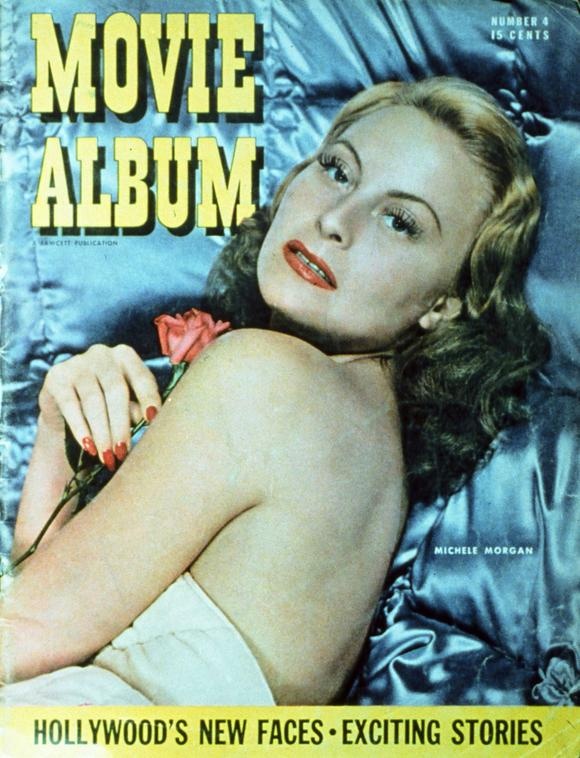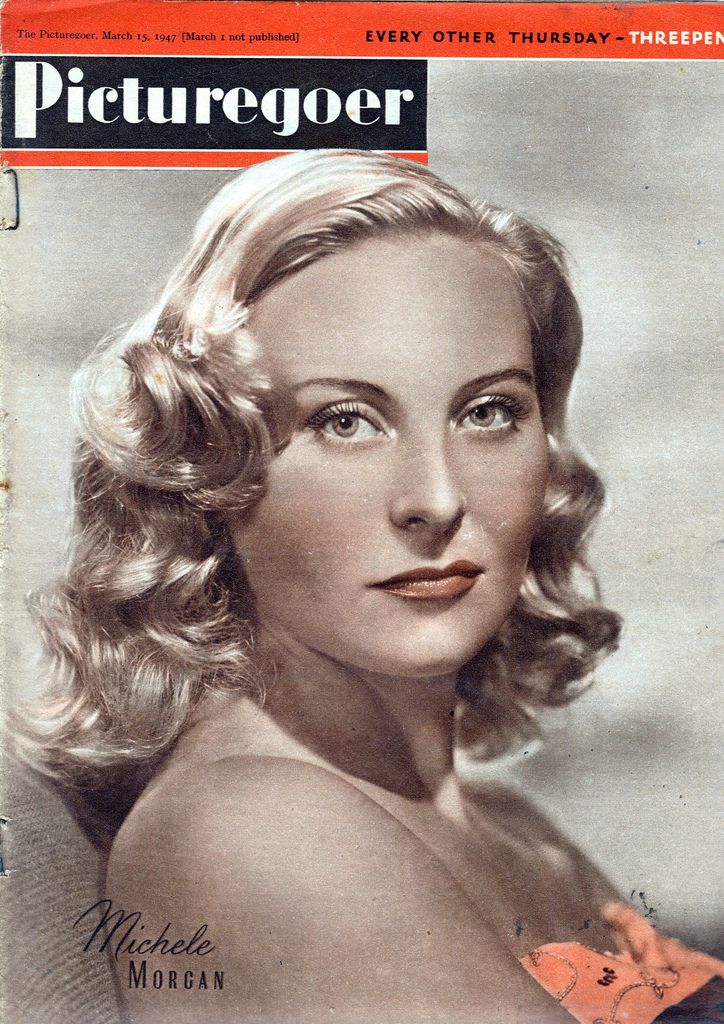


Micheline Presle. IMDB.
Micheline Presle was born in Paris in 1922. She made her film debut in 1937 in “La Fessee”. She went to Hollywood in 1950 when she signed a contract with 20th Century Fox”. The U.S, films she made were “Under My Skin” with John Garfield and “An American Guerrilla in the Phillipines” with Tyrone Power. She was back in France in 1954 and quicly resestablished her position in French film making. In 1962 she returned to Hollywood to make “If A Man Answers” as Sandra Dee’s mother. She continues to act on film and her most recent appearance was in “Venus Beauty Institute”.
Gary Brumburgh’s entry:
Dark-haired, Paris-born Micheline Presle (better known in the States as Micheline Prelle) was the daughter of a businessman and took acting classes as a teen. She was discovered by Georg Wilhelm Pabst and cast in Young Girls in Trouble (1939) (Young Girls in Distress) and Four Flights to Love (1940) in which she played a dual role.












She proceeded to make films during the Occupation, and by 1947, was deemed an important young French star, with Devil in the Flesh (1947) (Devil in the Flesh) gaining her world-wide attention. Her marriage to American actor-turned-producer William Marshall in 1950 led her to attempt Hollywood pictures. None of her pictures, which included Under My Skin (1950), American Guerrilla in the Philippines (1950) and Adventures of Captain Fabian (1951), the last one produced and directed by husband Marshall, endeared her to American audiences; however, despite co-starring opposite top Hollywood stars John Garfield, Tyrone Power and Errol Flynn. Divorced by 1954, she never adjusted to the Hollywood way of life and returned willingly to Paris with her daughter, actress/directorTonie Marshall.
She continued to reign supreme in French films and has appeared frequently on the stage as well. Some of her post-Hollywood films include House of Ricordi (1954) (House of Ricordi), Royal Affairs in Versailles (1954) (Royal Affairs in Versailles), Her Bridal Night (1956) (The Bride Is Much Too Beautiful), Demoniqque (1958), King of Hearts (1966) (King of Hearts), Donkey Skin (1970) (The Magic Donkey),Le journal du séducteur (1996) (Diary of a Seducer) and Les Misérables (1995).
– IMDb Mini Biography By: Gary Brumburgh / gr-home@pacbell.net
2013 Video clip of Ms Presle here.



Many postwar British filmgoers had their perception of French women shaped by seeing such sophisticated stars as Edwige Feuillère, Danielle Darrieux and Micheline Presle on screen in the 1940s.
Presle, who has died aged 101, specialised in playing “the older woman”, starting while still only in her 20s with Claude Autant-Lara’s Le Diable au Corps (Devil in the Flesh, 1947), in which a young wife has an affair with a schoolboy (Gérard Philipe). The film of Raymond Radiguet’s precocious semi-autobiographical novel caused outrage in some quarters for its sympathetic portrayal of lovers cuckolding a soldier away at war; in it Presle hinted at a breaking heart beneath the glittering surface of a woman of the world.
In Jean Delannoy’s Les Jeux Sont Faits (The Chips Are Down, 1947), based on an original screenplay by Jean-Paul Sartre, Presle played a woman poisoned by her fascist husband who, in the afterlife, meets and falls in love with a communist killed in an uprising.
There was something in Presle’s performances that convinced Darryl F Zanuck, head of production at 20th Century Fox, to offer her a contract. However, as in many other cases, Hollywood was not sure how to handle its newly imported star. The first thing Zanuck did was to simplify her name for American audiences by changing it to Micheline Prelle, in case, he claimed, people thought Presle was pronounced like “pretzel”.
She made two films for Fox in 1950: Under My Skin, in which she was cast as a cabaret singer waiting for a crooked jockey (John Garfield) to reform; then she waited for Tyrone Power to return from defeating Japanese forces in Fritz Lang’s American Guerrilla in the Philippines.
In 1949 Presle had married the American actor/director William Marshall, who had previously been married to Michèle Morgan when she was also uncomfortably trying to make a career in Hollywood. They went on to have a daughter, Tonie. Marshall directed his new wife opposite a fading Errol Flynn in The Adventures of Captain Fabian (1951), a lame sea adventure, filmed in France where Presle remained, admitting that her “two years in Hollywood were two years too long.
Born in Paris, she was the daughter of Julie (nee Bachelier), an artist, and Robert Chassagne, a businessman. Micheline took acting lessons while still at school, and made her screen debut uncredited in La Fessée (The Spanking, 1937), then appeared under the name Micheline Michel in the Charles Trenetmusical Je Chante (1938).
A year later, appearing for the first time as Micheline Presle, she was given the lead in GW Pabst’s Jeunes Filles en Détresse (Young Girls in Trouble). Thereafter, Presle would work with most of the best French directors of the day. For Abel Gance, she played both a mother who dies in the war and her daughter, in the wildly melodramatic Paradis Perdu (Paradise Lost, 1939).
In Marcel L’Herbier’s La Nuit Fantastique (1942), Presle was alluring as a mysterious woman in white whom a student (Fernand Gravey) continually dreams about. He and she have a series of fantastic nocturnal adventures, some of which may be real. Presle continued to work during the wartime occupation of France, making a number of lighthearted romances. It was only after the liberation that she was able to display her dramatic talents to the full.
In Falbalas (Paris Frills, 1944), Jacques Becker’s withering look at the world of haute couture, Presle was a celebrated couturier who falls in love with her fiance’s best friend, played by Raymond Rouleau. Boule de Suif (1945), directed by Christian-Jaque, and based on a story by Guy de Maupassant, saw her give a dignified performance as Elizabeth Rousset, an exploited and shunned sex worker during the Franco-Prussian war. The film had a strong impact at the time because of its unmistakable resonances of the war and occupation.
After her trip to Hollywood and back, Presle plunged straight into roles more worthy of her – starting with the tragic Marguerite Gauthier in La Dame aux Camélias (1953), directed by the veteran Raymond Bernard. She had cameos in two of Sacha Guitry’s witty all-star extravaganzas, as Madame de Pompadour in Si Versailles m’Était Conté (Royal Affairs in Versailles, 1953) and as Hortense de Beauharnais in Napoléon (1954).
As she entered her 40s, Presle adapted to the directors of the French New Wave. In Philippe de Broca’s bitter-sweet boudoir comedy Infidelity (1961), she played a wealthy couturiere keeping the younger Jean-Pierre Cassel, until he leaves her for Jean Seberg, and she appeared in Jacques Demy’s Lust episode from The Seven Deadly Sins (1962).
She briefly returned to Hollywood when she played Sandra Dee’s mother, an ex-Folies Bergère chorus girl, in If A Man Answers (1962), and was a Nobel prize candidate in The Prize (1963), which starred Paul Newman.
Back in France, she had a role in Jacques Rivette’s controversial La Religieuse (The Nun, 1966), was Madame Eglantine in De Broca’s King of Hearts (1966) and the Red Queen in Demy’s fairytale Donkey Skin (1970).
Presle continued to work both in features and television into her 80s, appearing notably opposite Gérard Depardieu as the aged Madame de Saint-Méran in the TV miniseries The Count of Monte Cristo (1998), and in Venus Beauty (1999), a film revolving around a Paris beauty salon, which won a César award for its director, Presle’s daughter, Tonie.
Her marriage to Marshall ended in divorce. An earlier marriage, in 1945 to the tennis player Michel Lefort, had also ended in divorce, in 1949. Tonie died in 2020.
Micheline Presle (Micheline Nicole Julia Émilienne Chassagne), actor, born 22 August 1922; died 21 February 2024

